Ecuador – Part 8: Cuenca
Chapter 3: Walkabout
This week let’s do a walkabout. You won’t find most of these photos in a brochure. They are a slice of my personal experience. Any walkabout in Cuenca should start at the heart, the absolute center, of Cuenca – Parque Calderon. The park is the geographical center of the city and the city’s center of the universe.
Abdón Calderón Garaycoa, nicknamed “the hero boy,” was a hero of Ecuador’s war for independence. Although his length of service was twelve years he died at age seventeen. Abdón, who was born in Cuenca, was greatly influenced by his father, a colonel in the army who struggled mightily, risking everything he had, to fight for independence from Spain.
Construction of the plaza that would become Parque Calderon commenced immediately after the Spanish foundation of Cuenca in April, 1557. Sometime around 1920 the city commissioned Octavio Cordero Palacios to remodel the square, which was then renamed Abdón Calderón as a tribute to the young hero who fought in the Battle of Pichincha. Despite receiving four bullet wounds, Calderón continued in battle, encouraging his battalion and carrying the flag. He died soon after the battle from his wounds. The statue of Calderón located at the center of the square was designed by Carlos Mayer in Rome. (I am sorry not to have a better photo of the statue.)

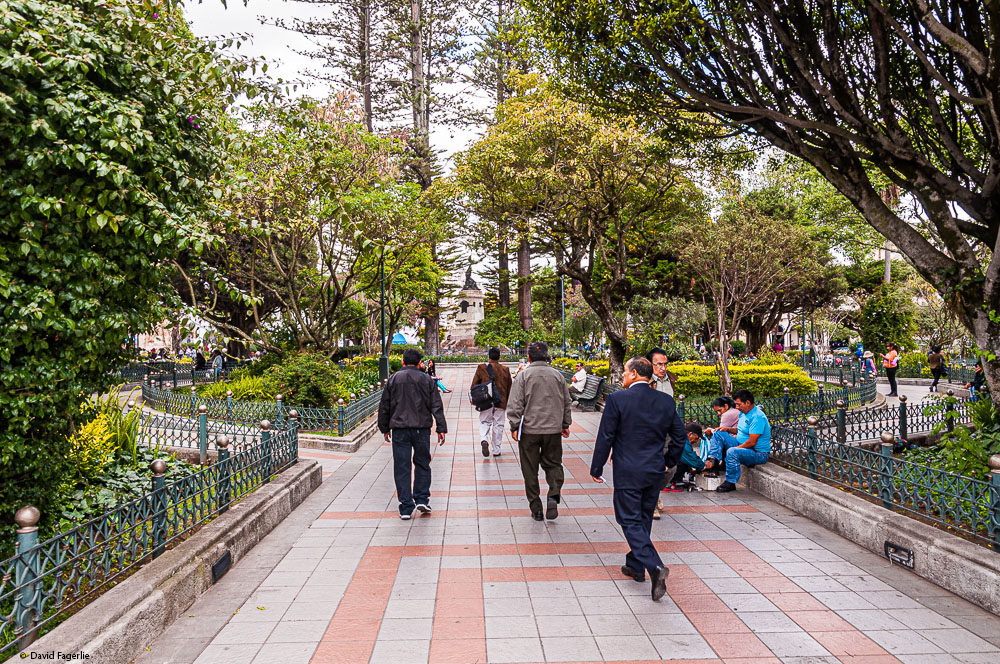
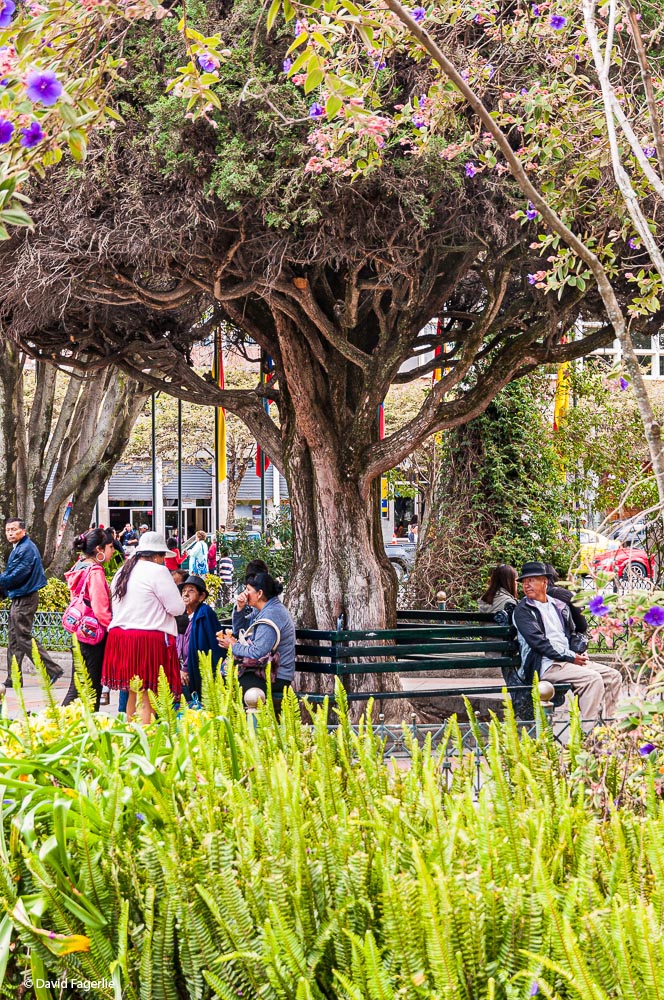

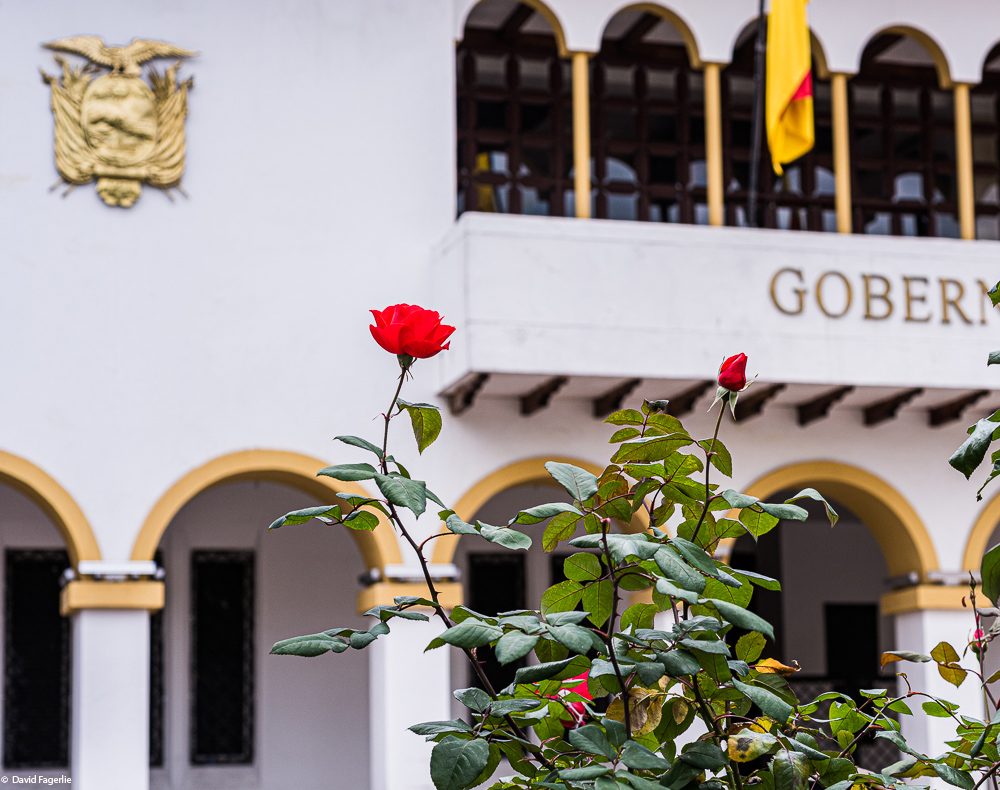
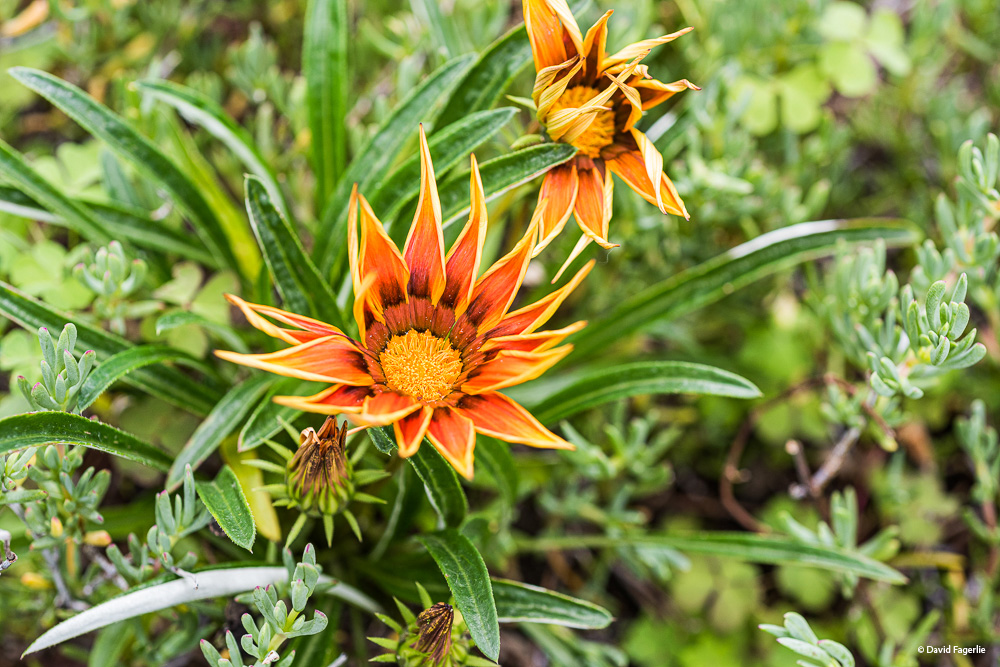

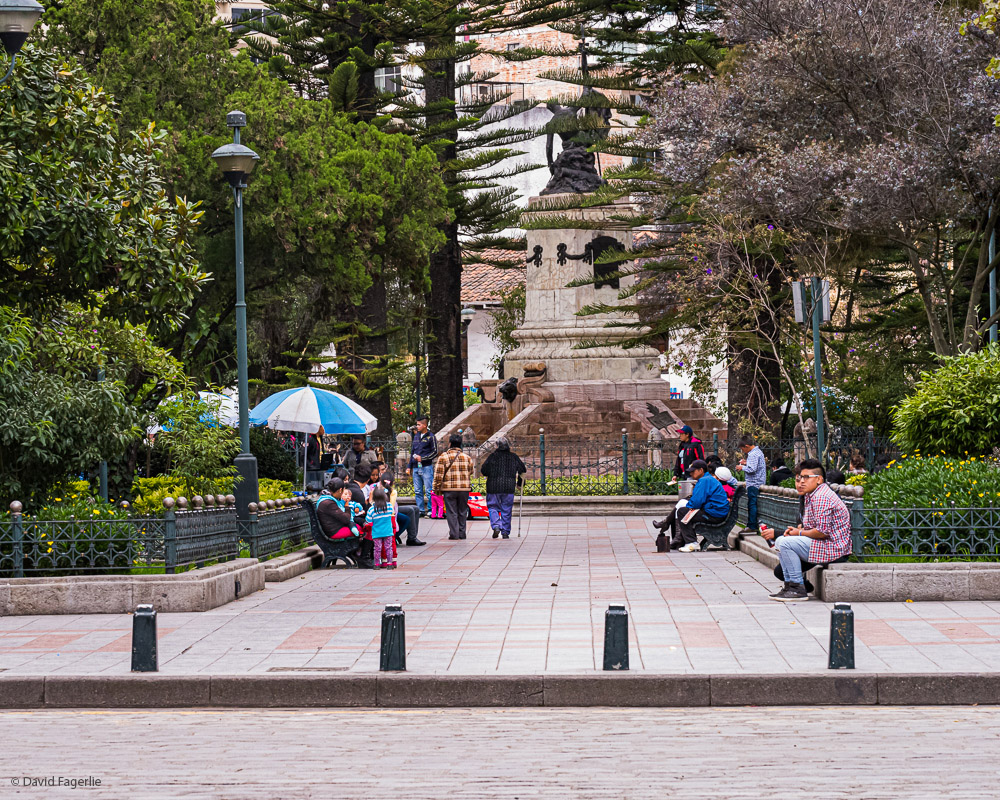
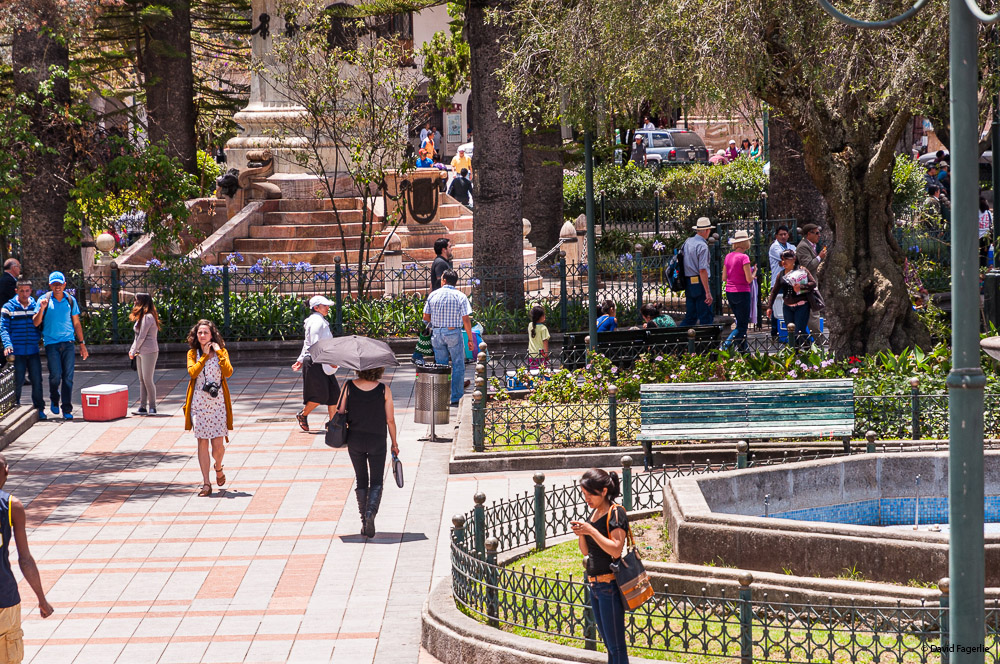
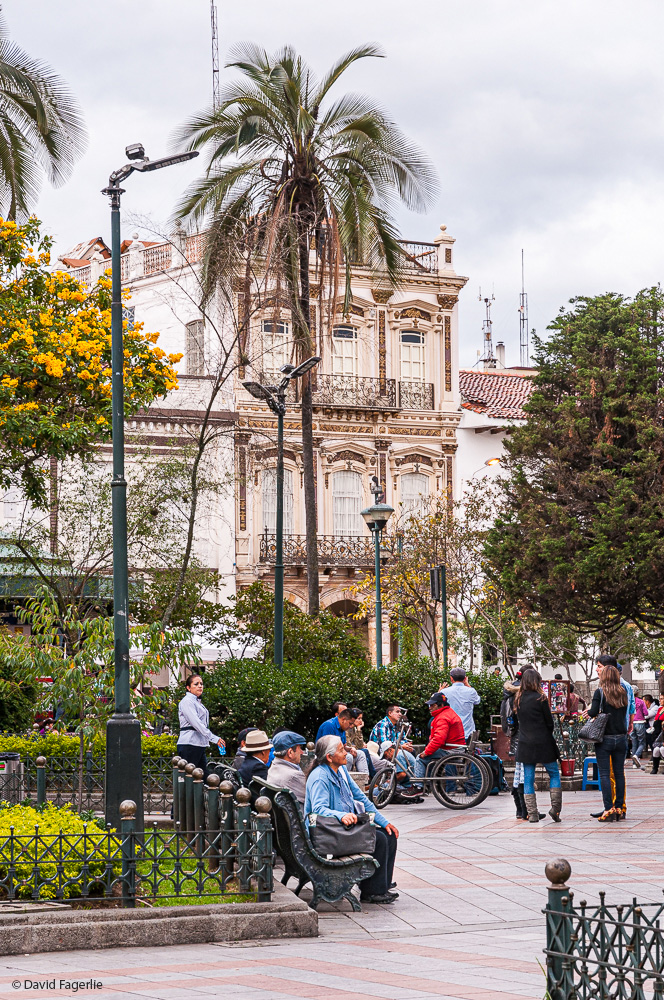
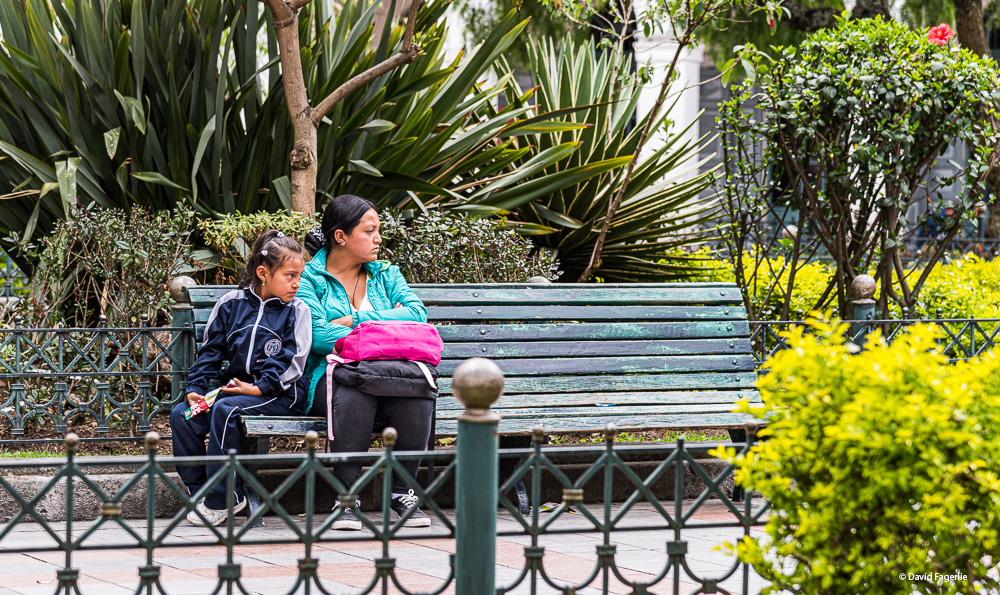
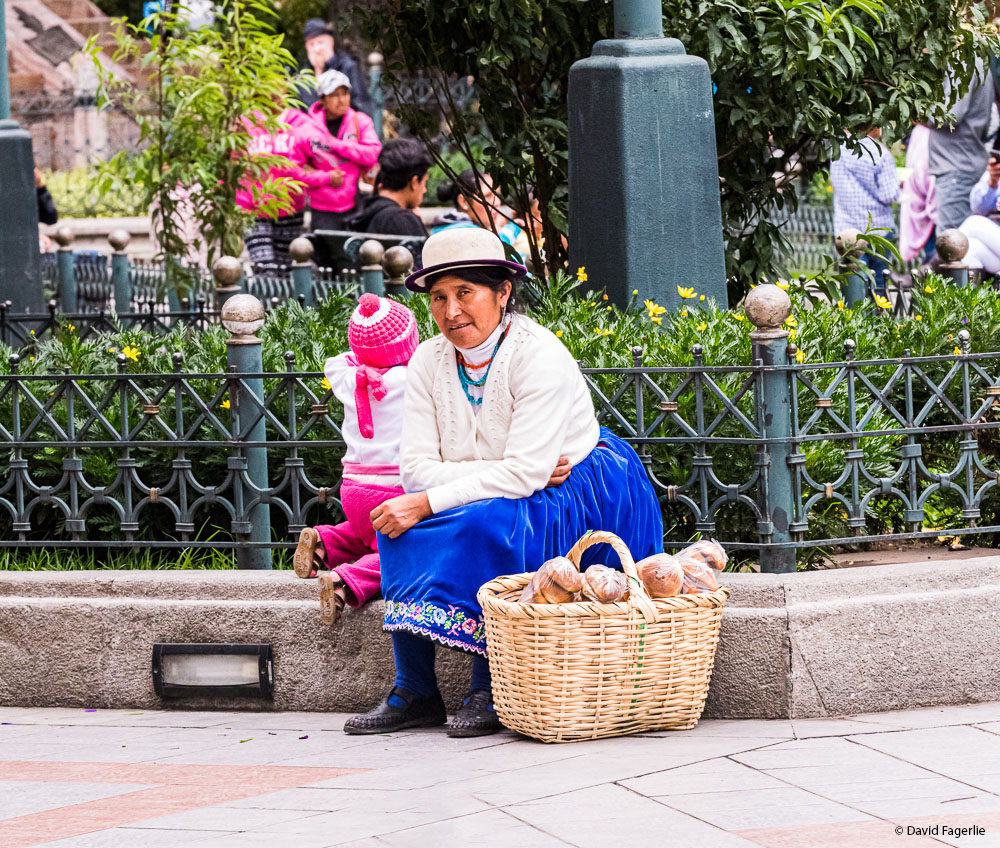
In many locations where people congregate vendors sell this frothy white substance in ice cream cones. It is made with raw eggs, now sitting out in the sun, so I avoided them. Other expats I know that tried the stuff said it was terrible. I guess it is an acquired taste.

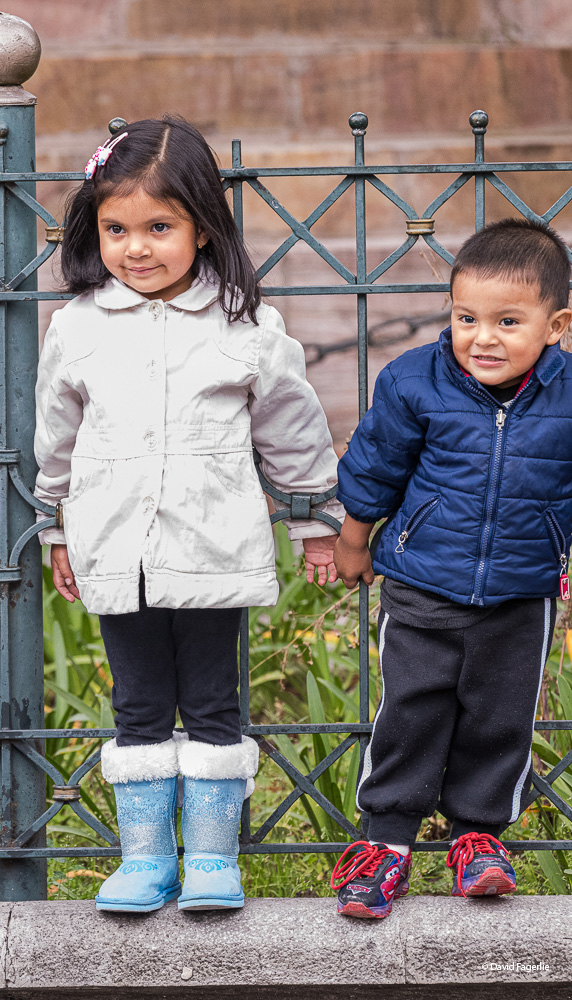
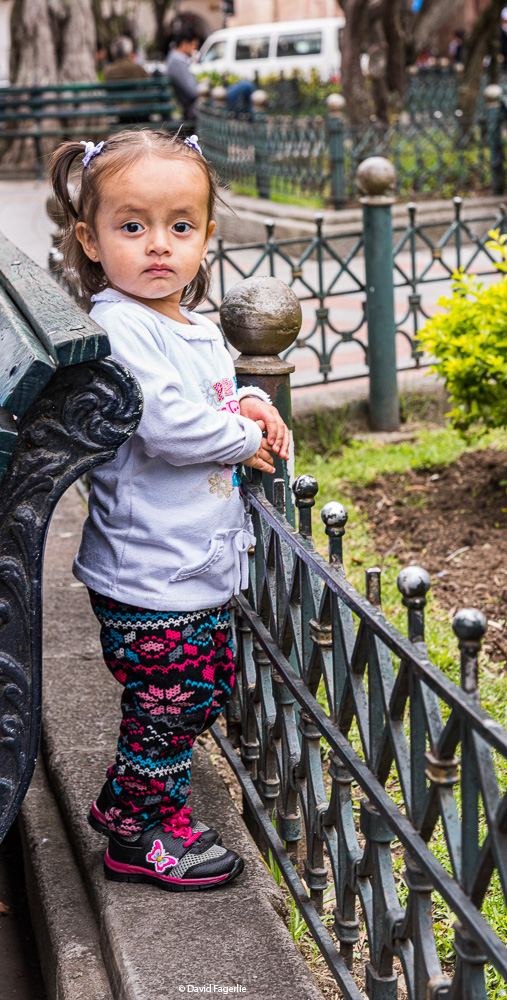
Around town there are walkways that look like the next photo below. The floor pictured is at the entrance to a coffee shop I frequented for coffee and tamales. The design is made of inlaid cow bones. In the next two photos note the blankets on top of the women’s heads. These women are vendors and the wrap serves the dual purpose of shielding the women from sunlight in daytime and as a warm wrap when the temperature drops in the evening. Most vendors live outside of Cuenca due to cost or family reasons and come in to Cuenca each day to sell their goods. It is a long day.
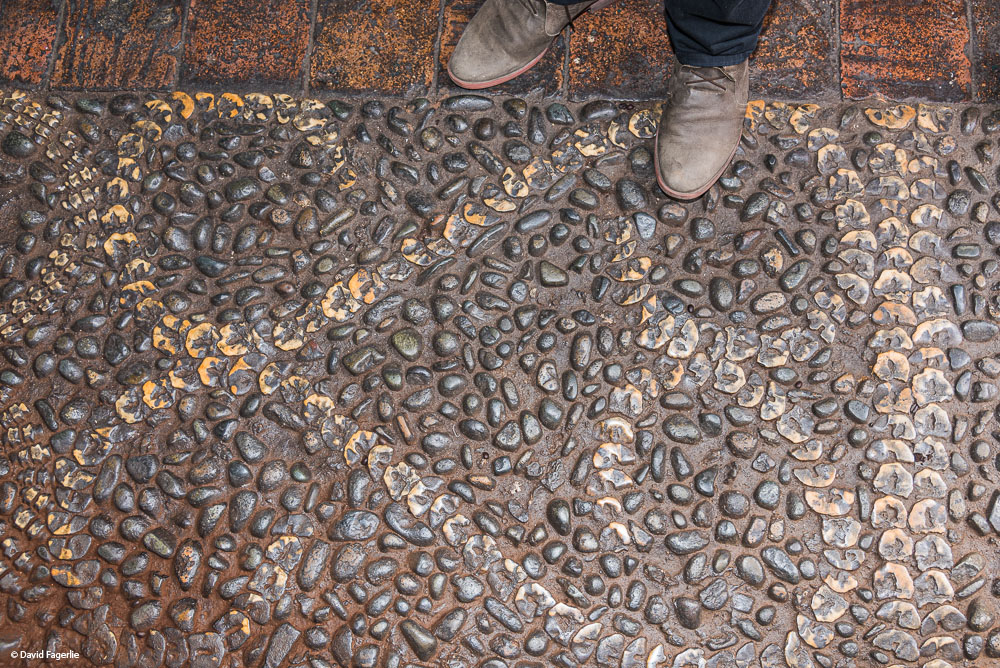
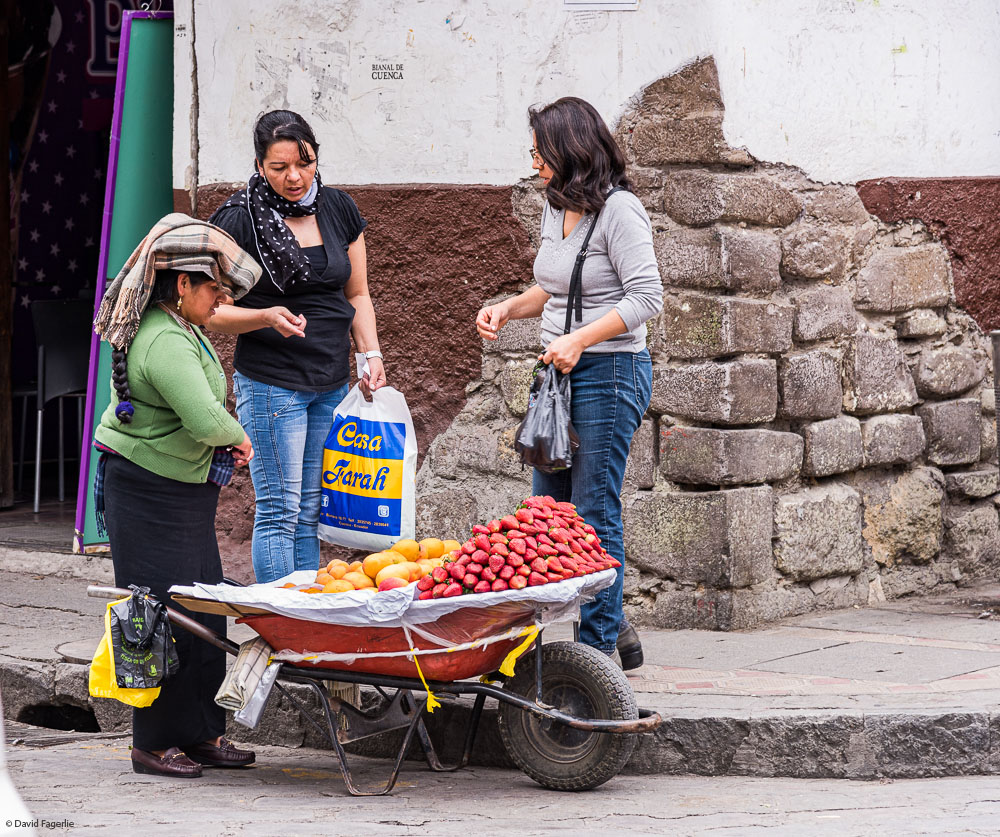
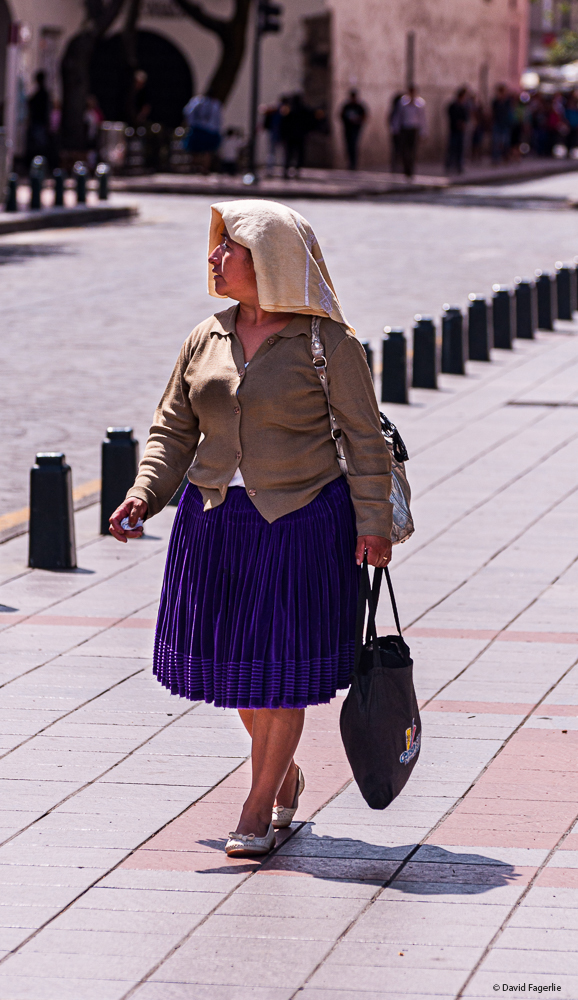
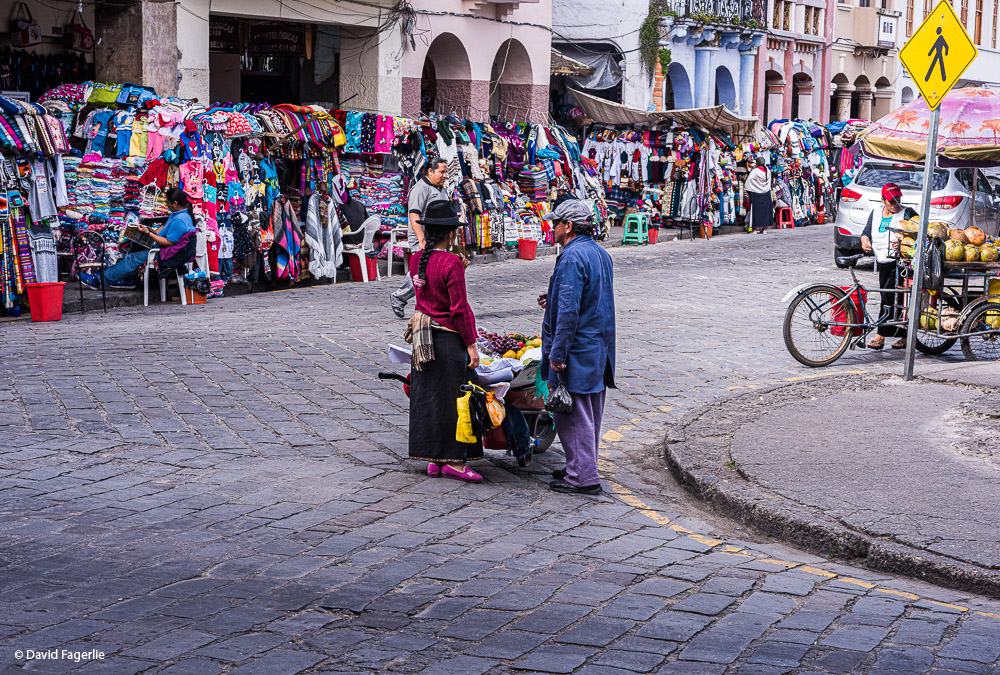
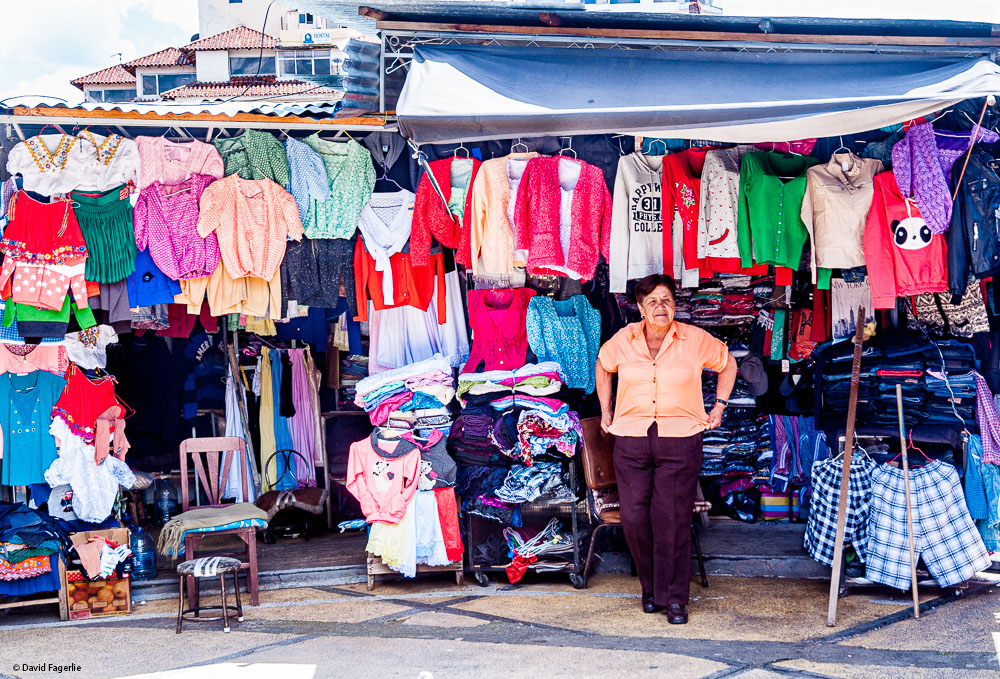
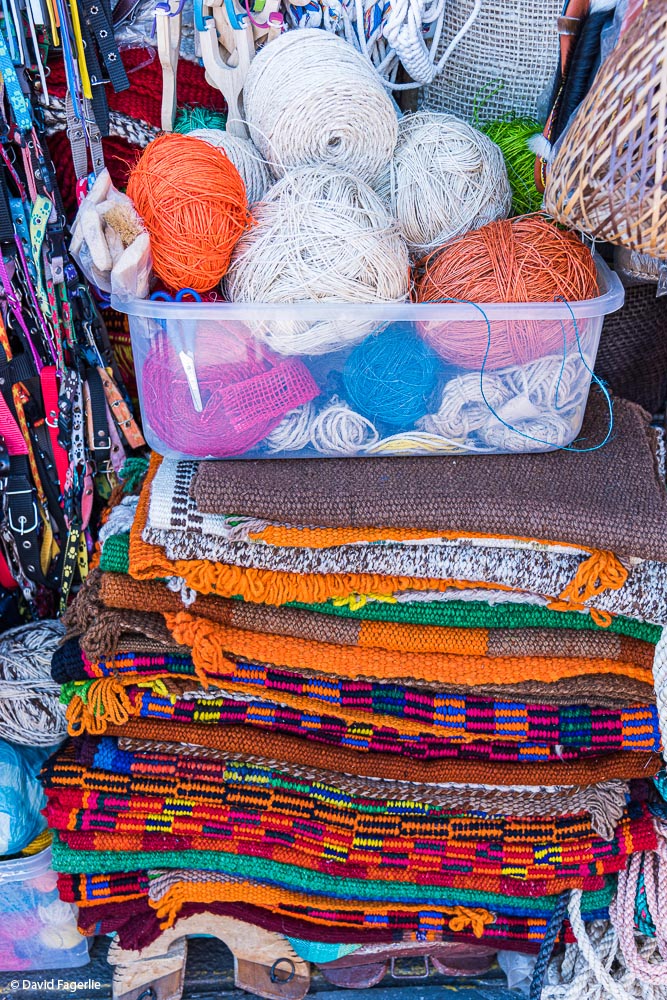

In the next photo a mother brought her ailing daughter to a market for a treatment. These medicine women apply their treatment using plants that are rubbed on the baby and/or dipped in liquid which is shaken onto the baby. The medicine woman also takes large mouthfuls of some kind of liquid that is sprayed from her mouth over the baby.
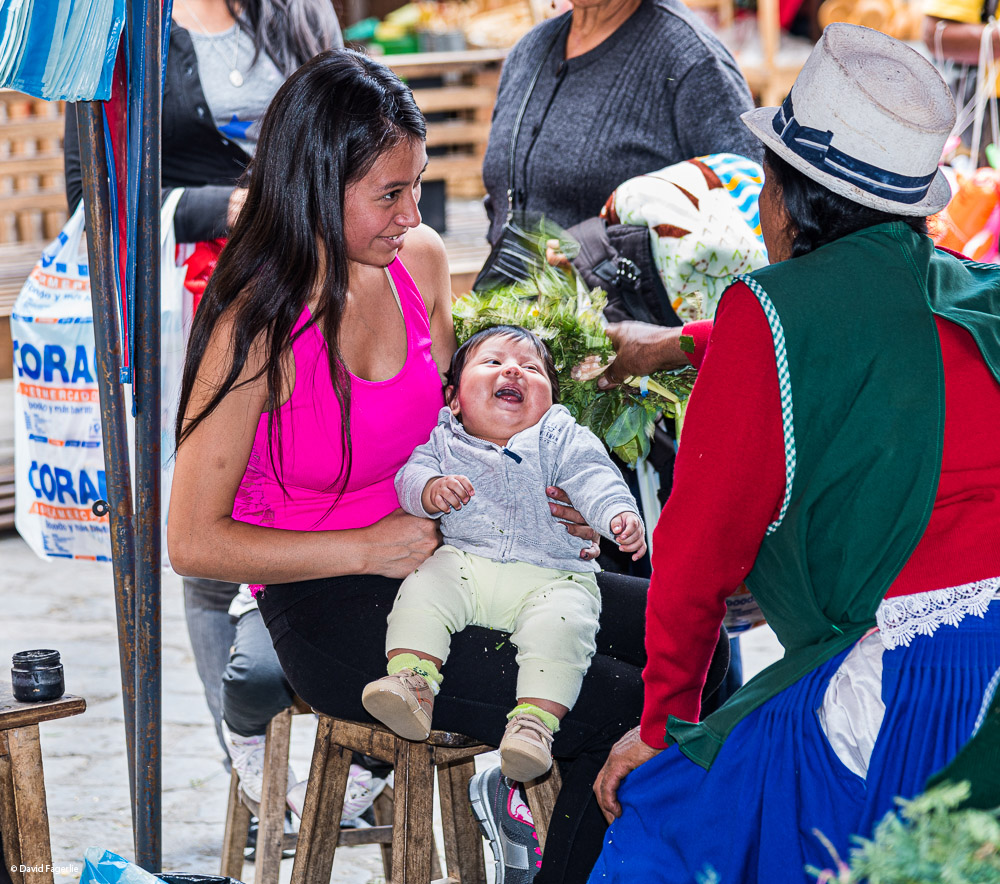
The sandalwood you see below is burned like incense; it is a pleasing scent; however, I cannot imagine using it indoors.
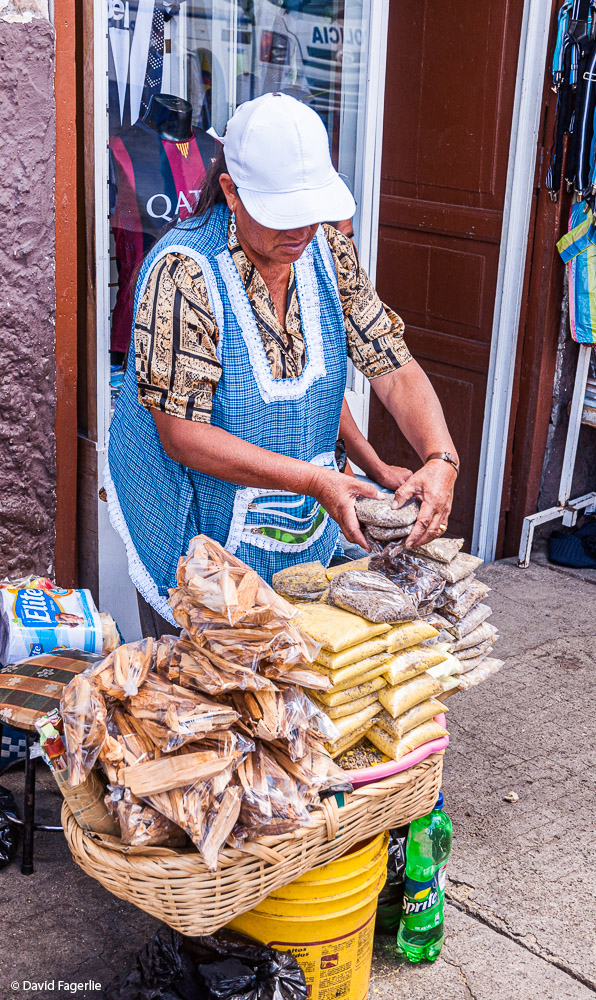
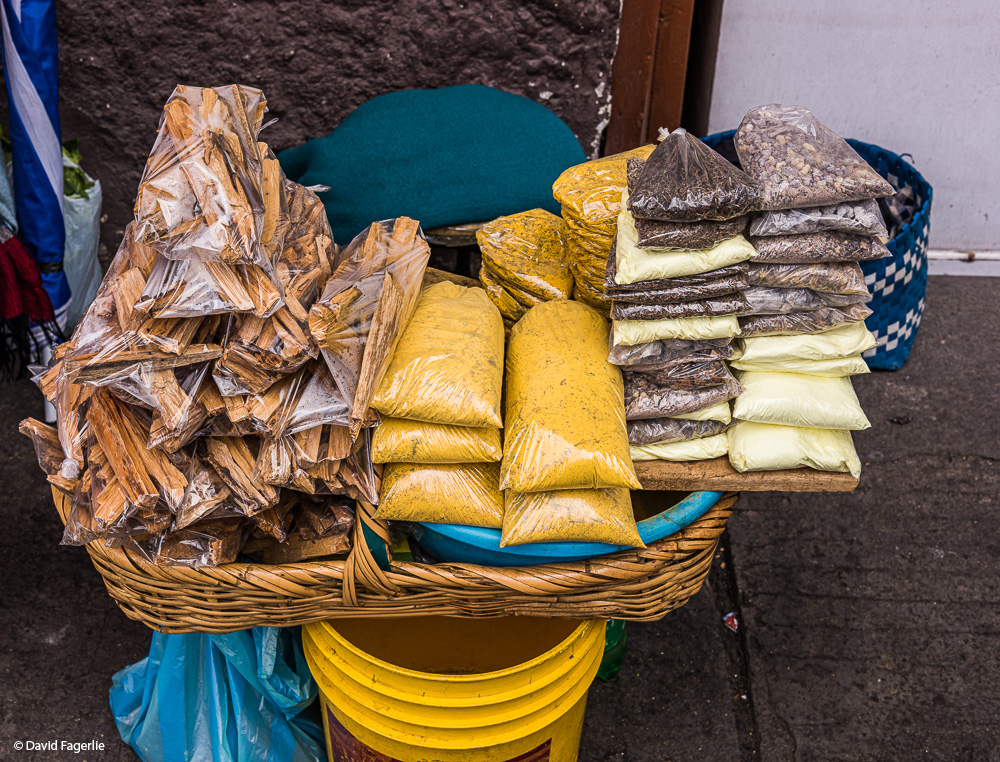


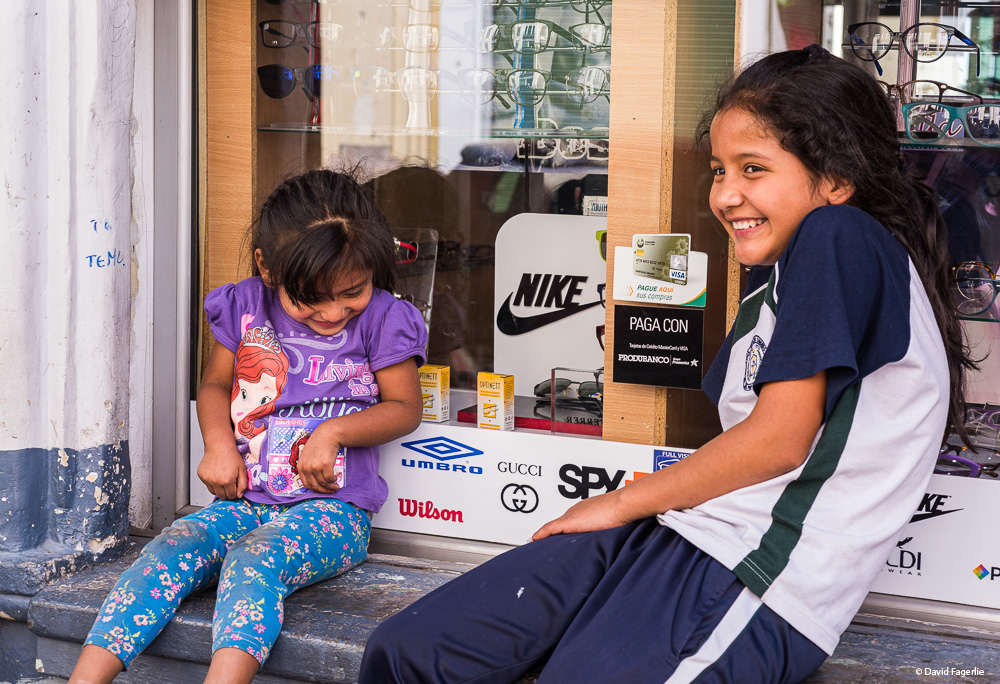
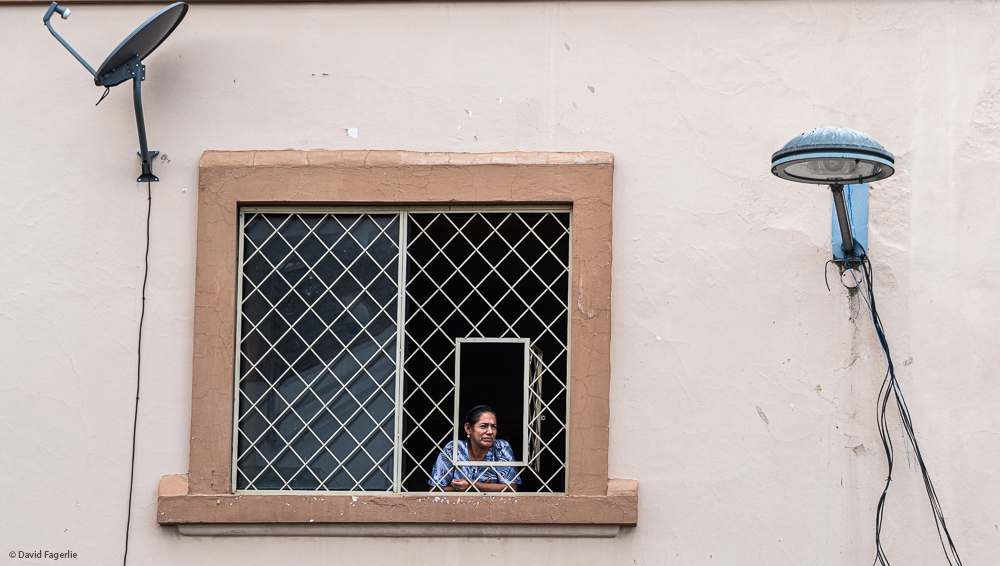
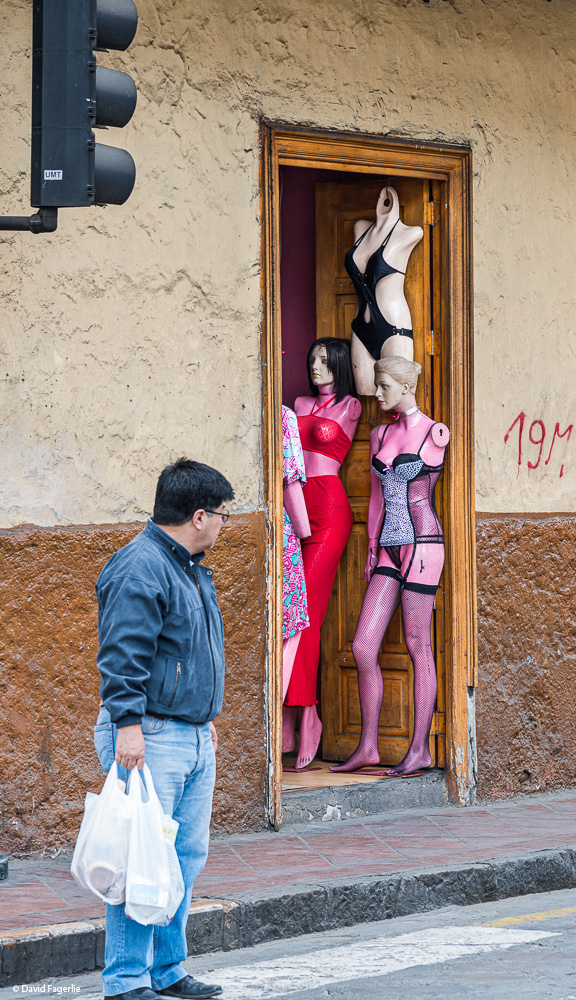
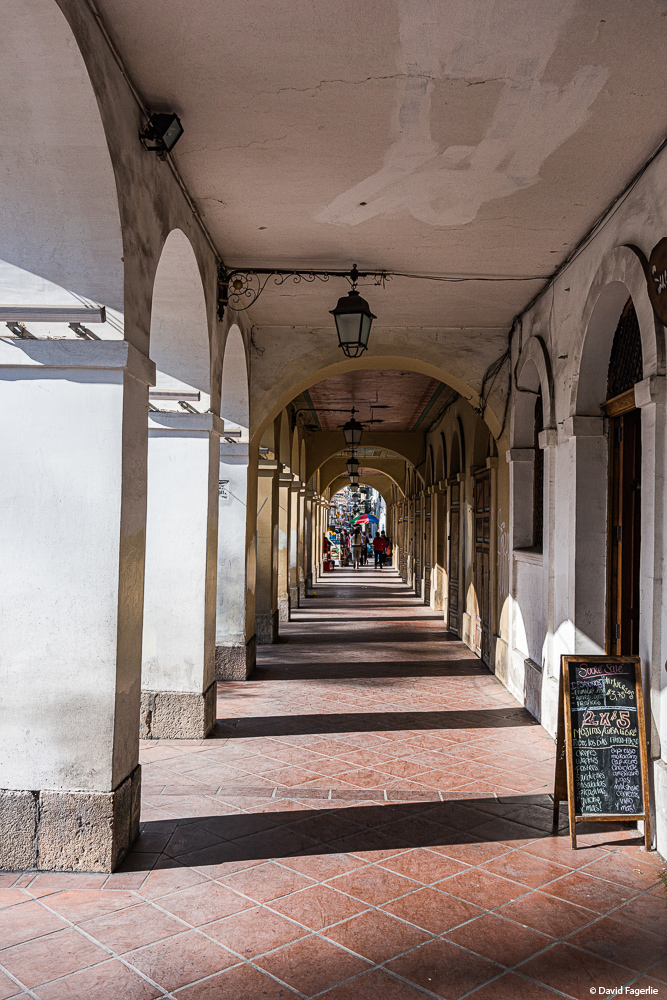
Most of Cuenca is beautiful in a typical sense. I found that the many deteriorating homes that were built during the colonial period are potent visually and they are a reflection of the effects of time. You can see the exposed adobe that still holds up the homes hundreds of years after they were built. Lots have zero property lines. In other words, one can build up to the very edge of the property. Often houses will be so close together there is no daylight between them. So, houses are left with sides unfinished assuming that someday another building will be constructed up close. You can see this in the photos below.
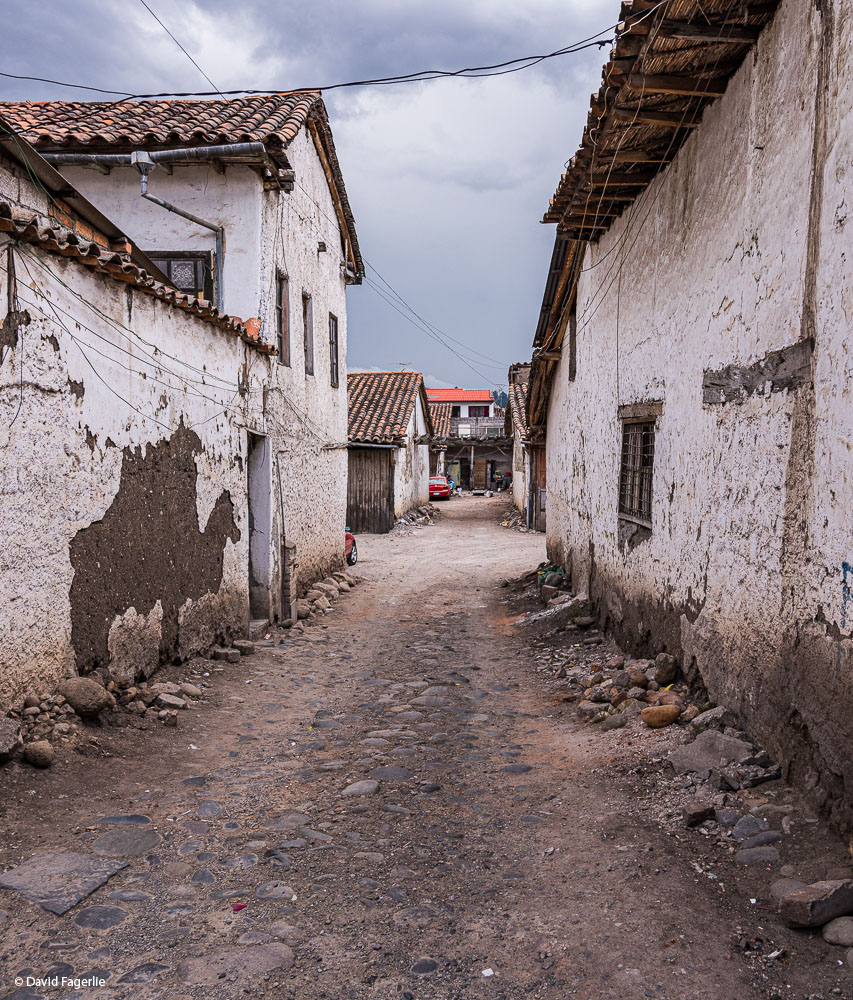
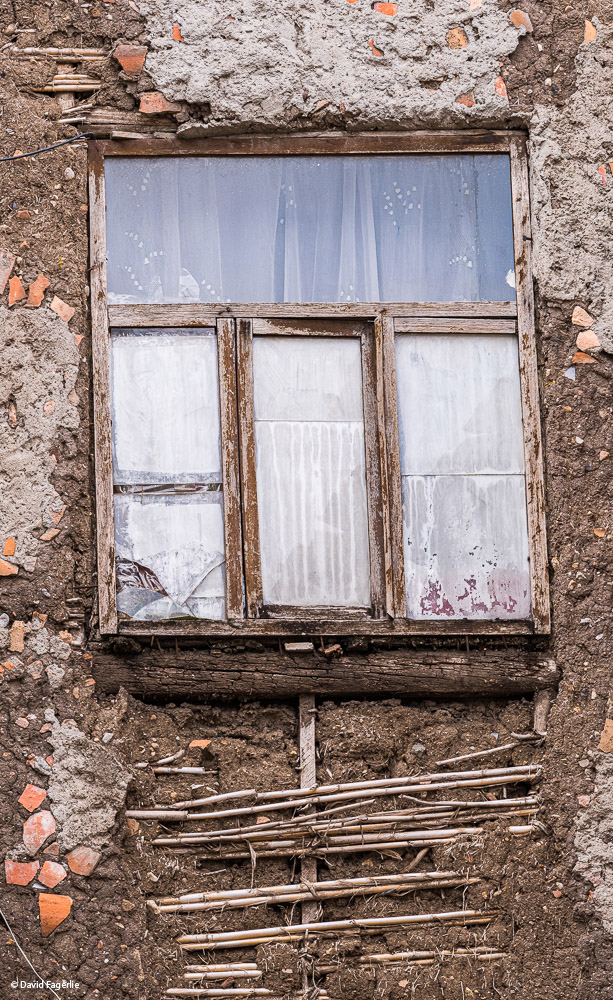
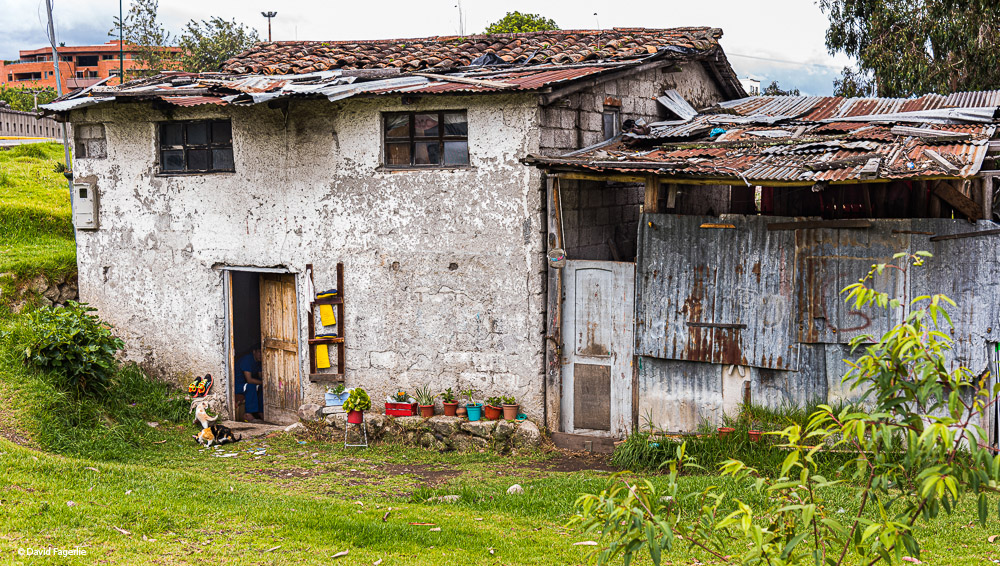
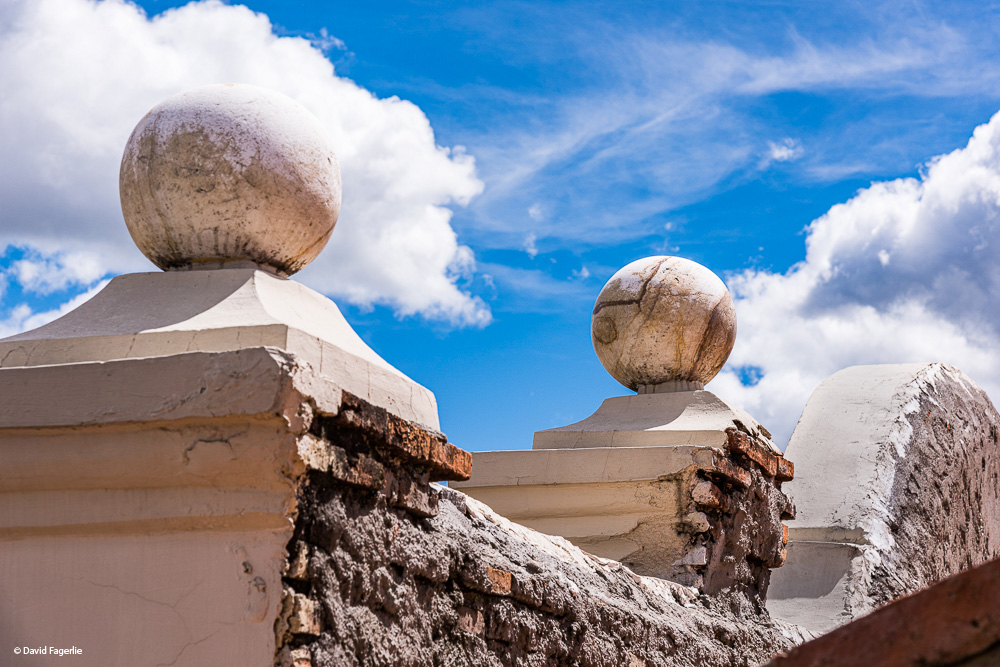
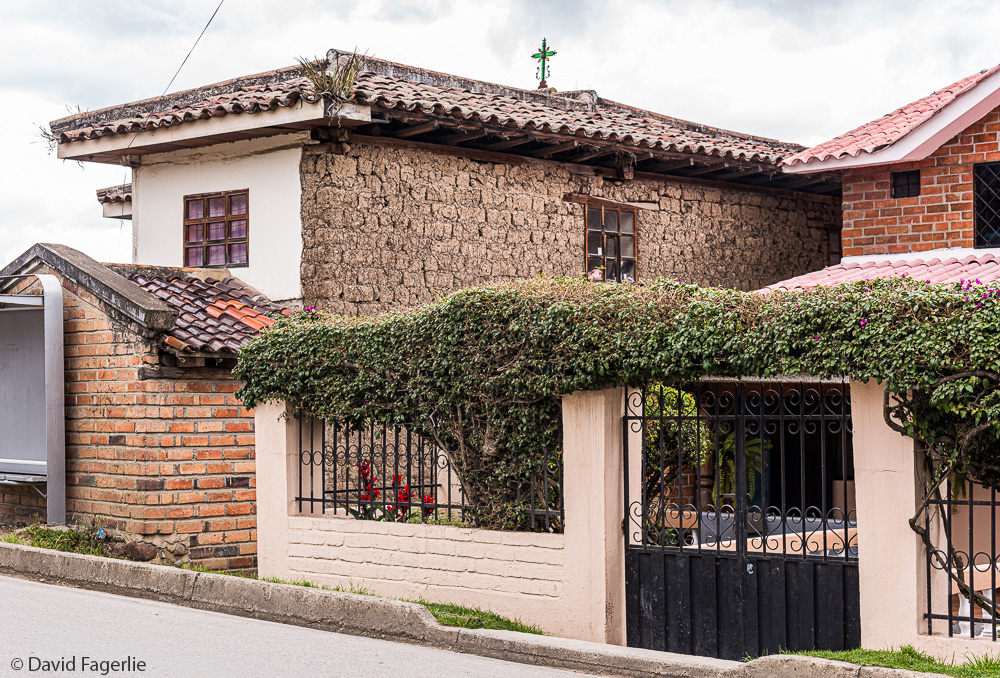
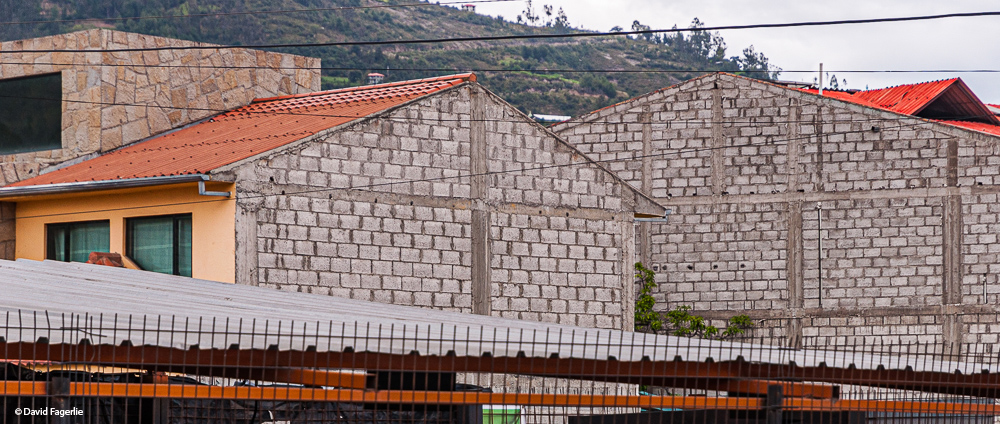
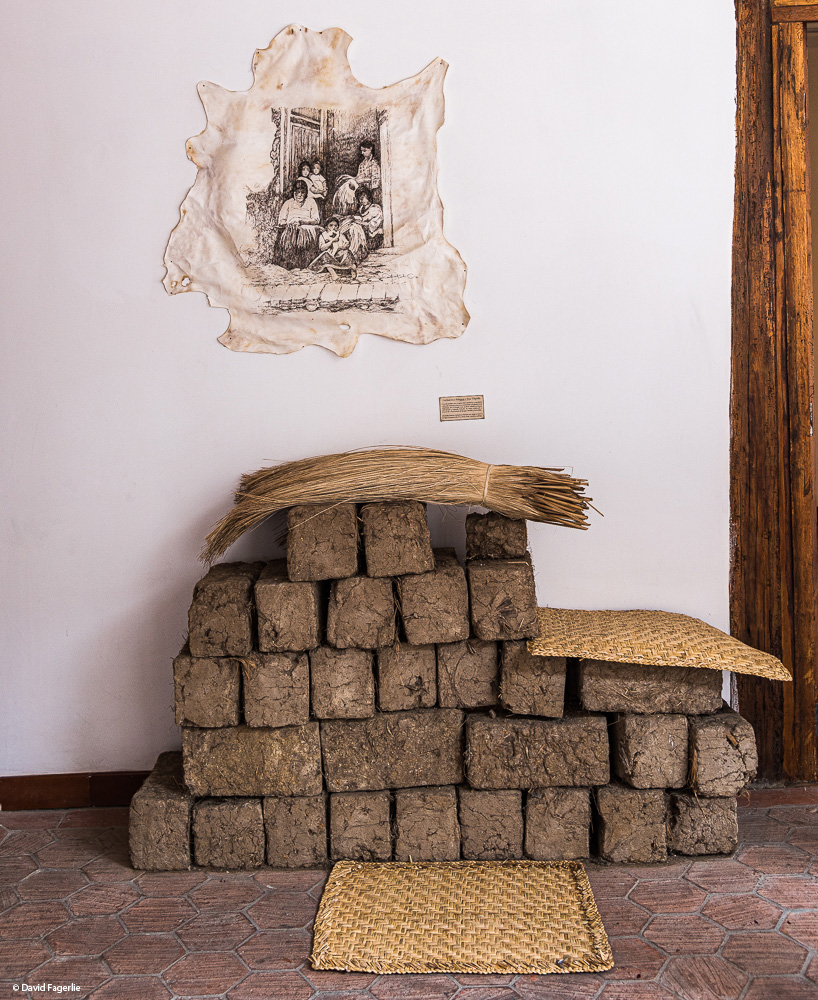
In the northeast area of the central city is a beautiful neighborhood of almost entirely cuencanos. It is a densely populated area of older yet well maintained homes.



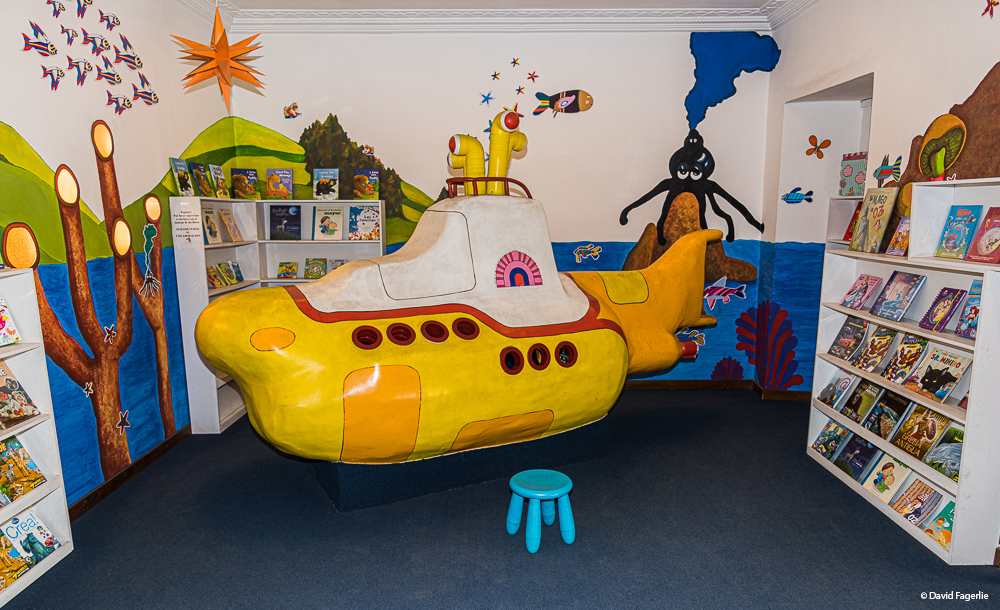
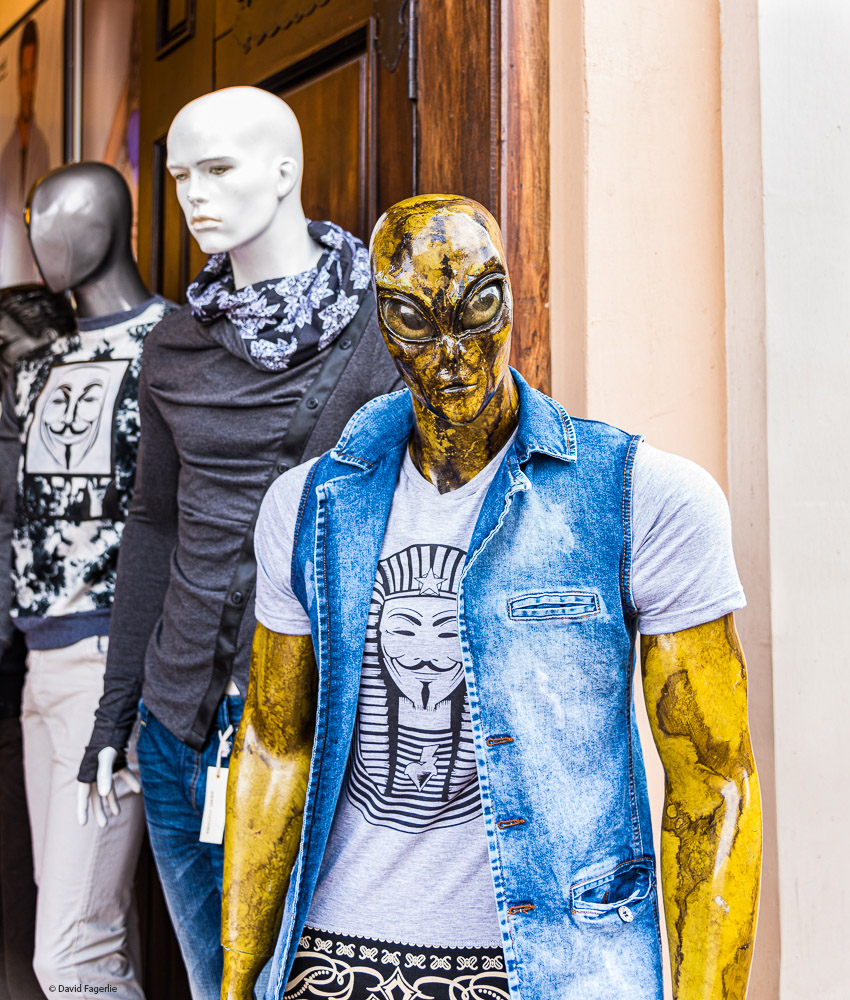
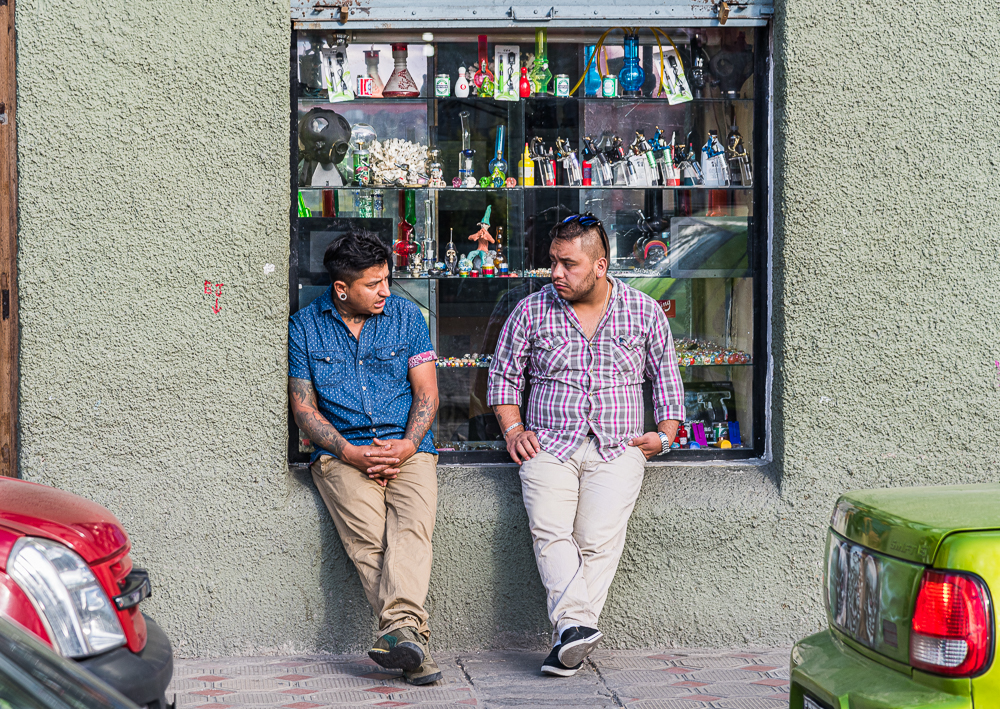
If I walk the river path to El Centro this hill-climb is the most direct way to Parque Calderon and the city-center. It is seven flights of stairs, very difficult before we were acclimated to the altitude. There are many street performers around the park. I decided early on I would support the woman in the following photo. She disappeared for a while, then showed up again with this child in a stroller and a new baby on her back.

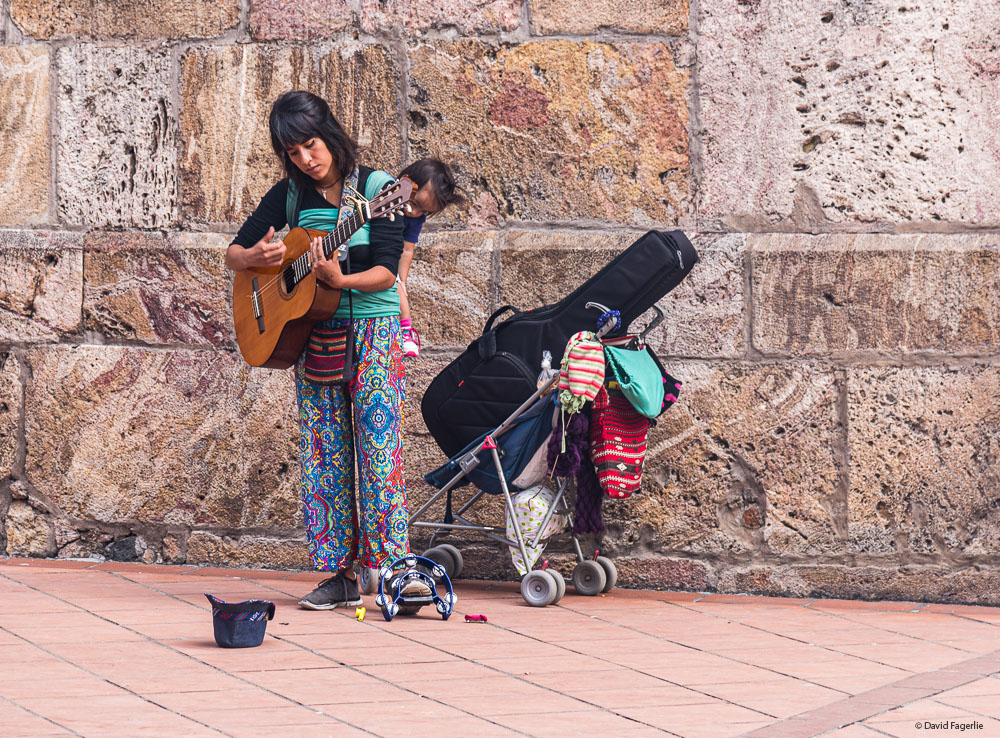
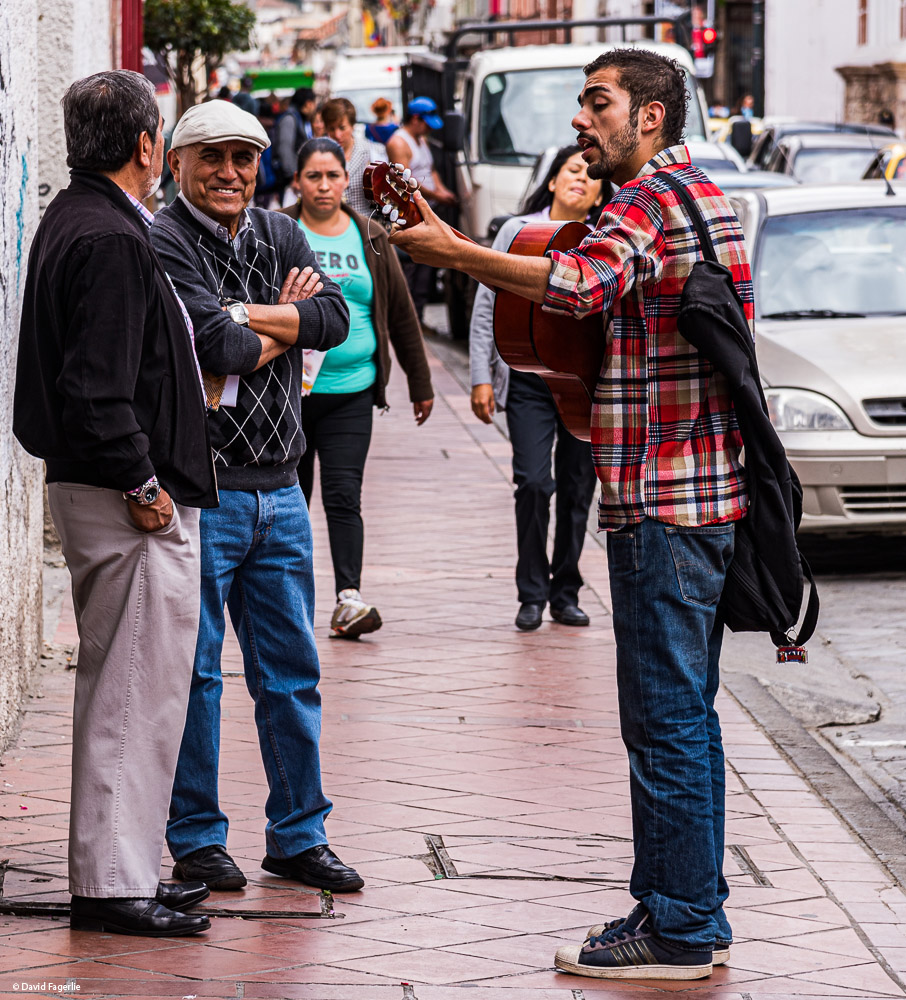
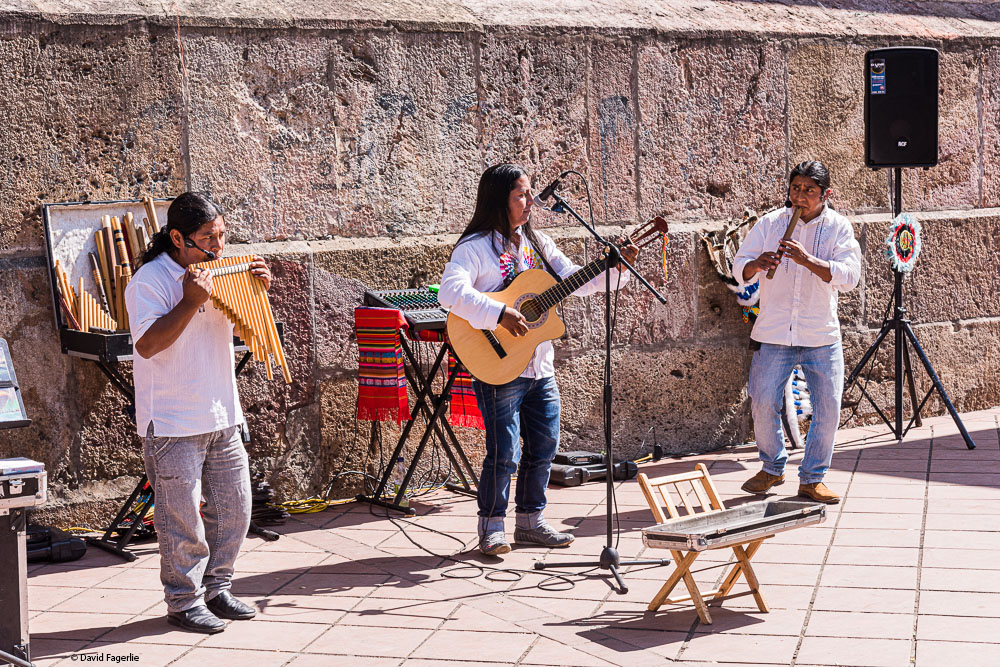
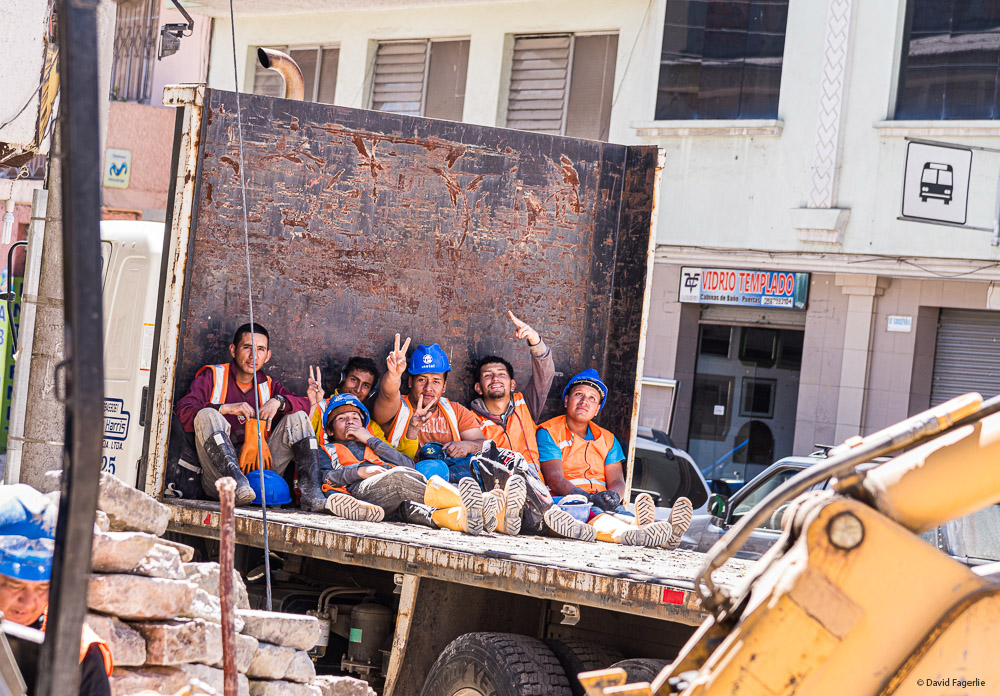
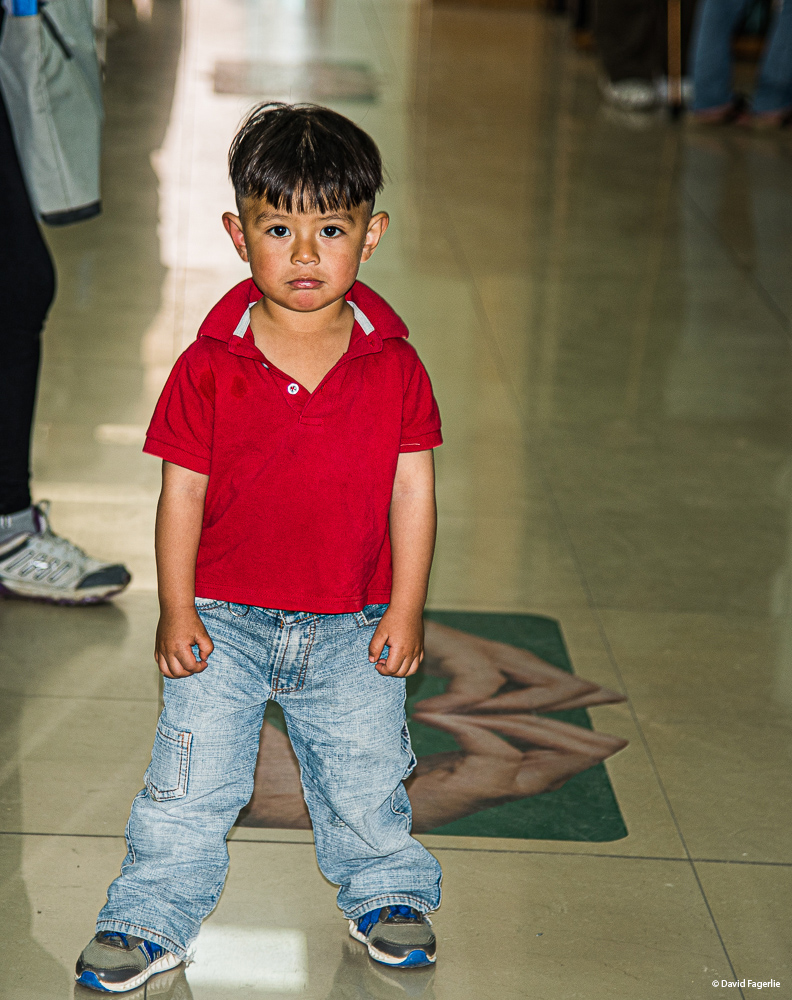

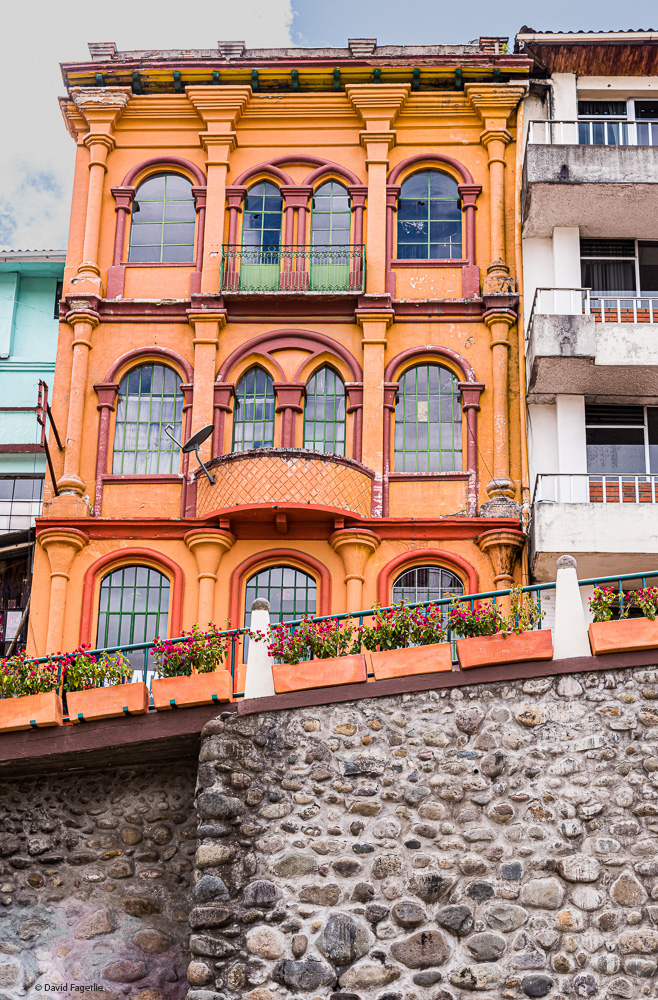
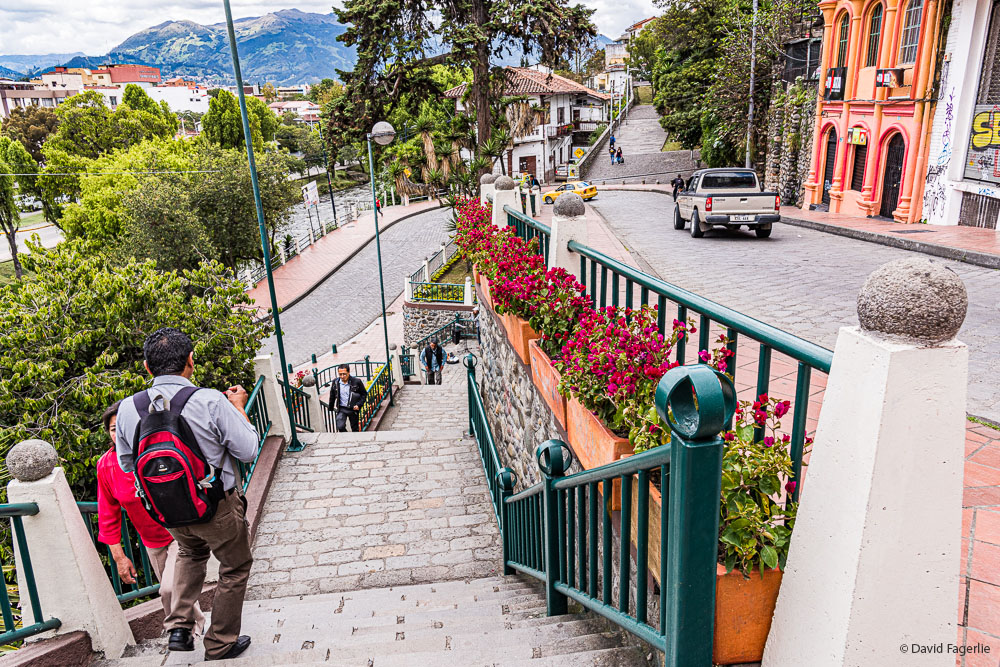
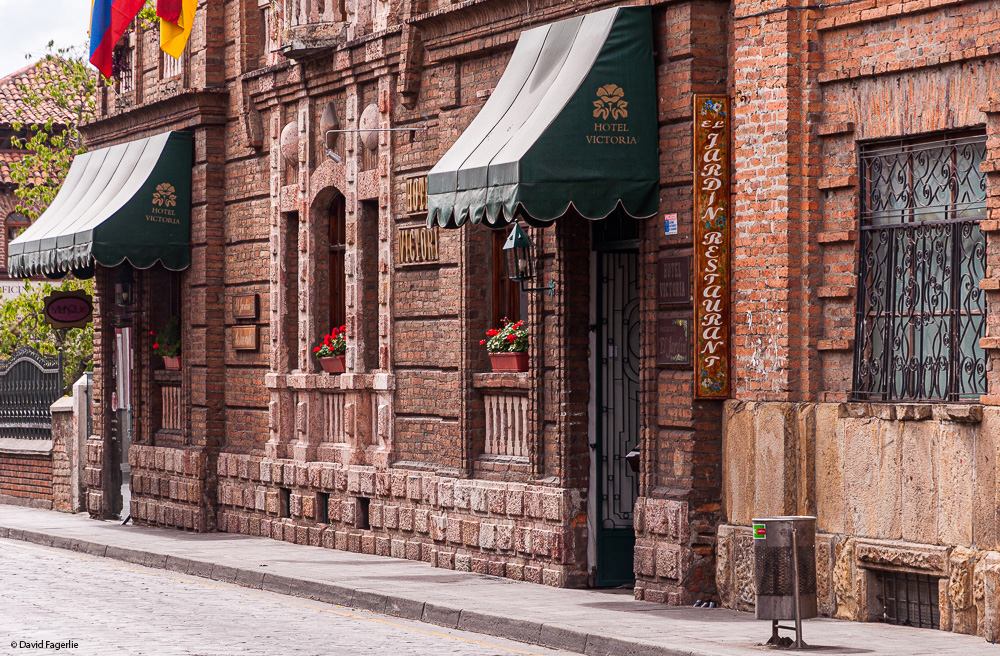
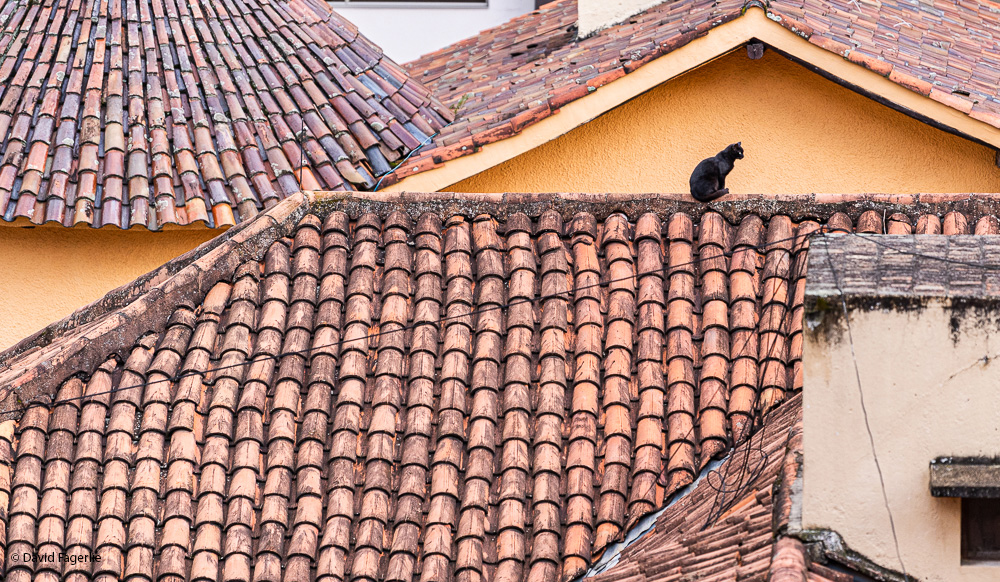


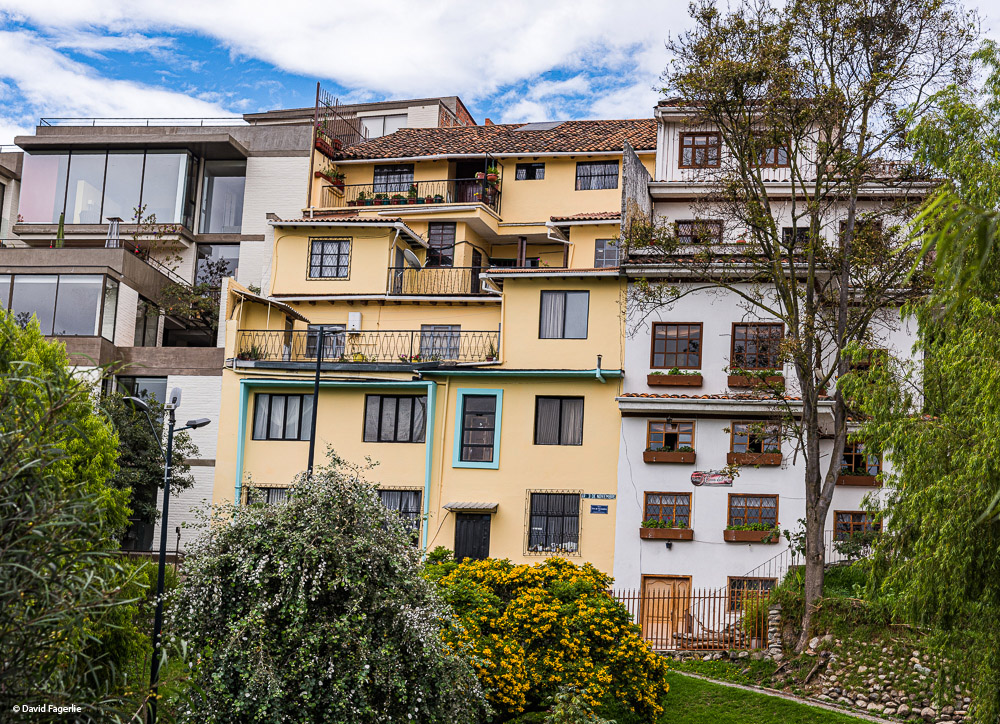



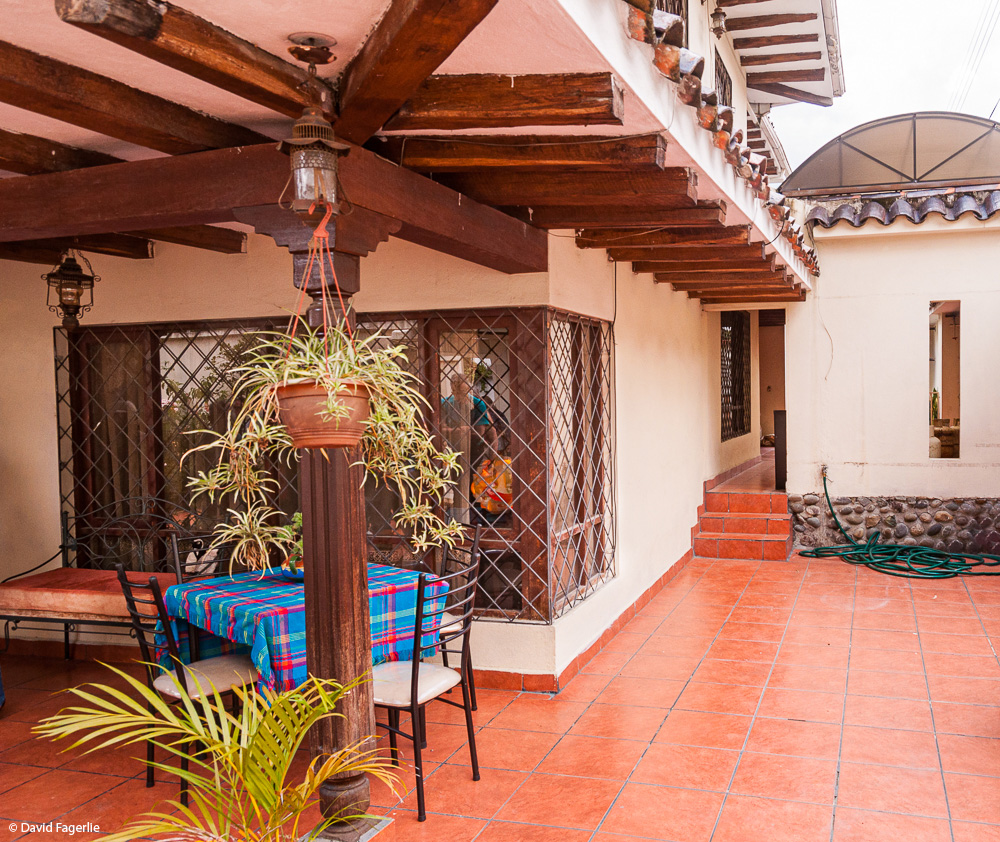
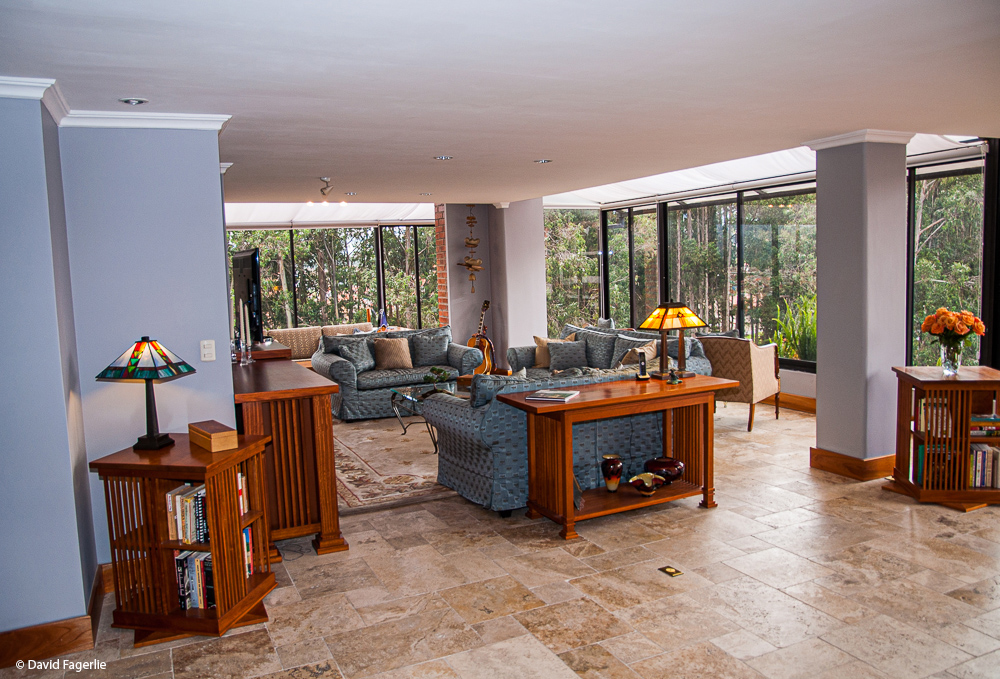
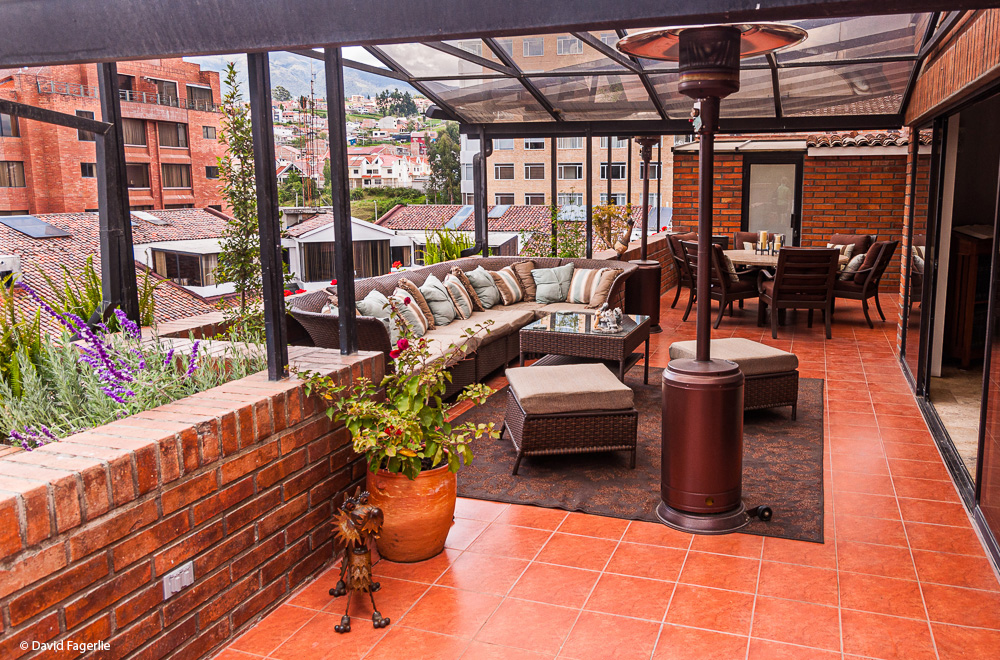
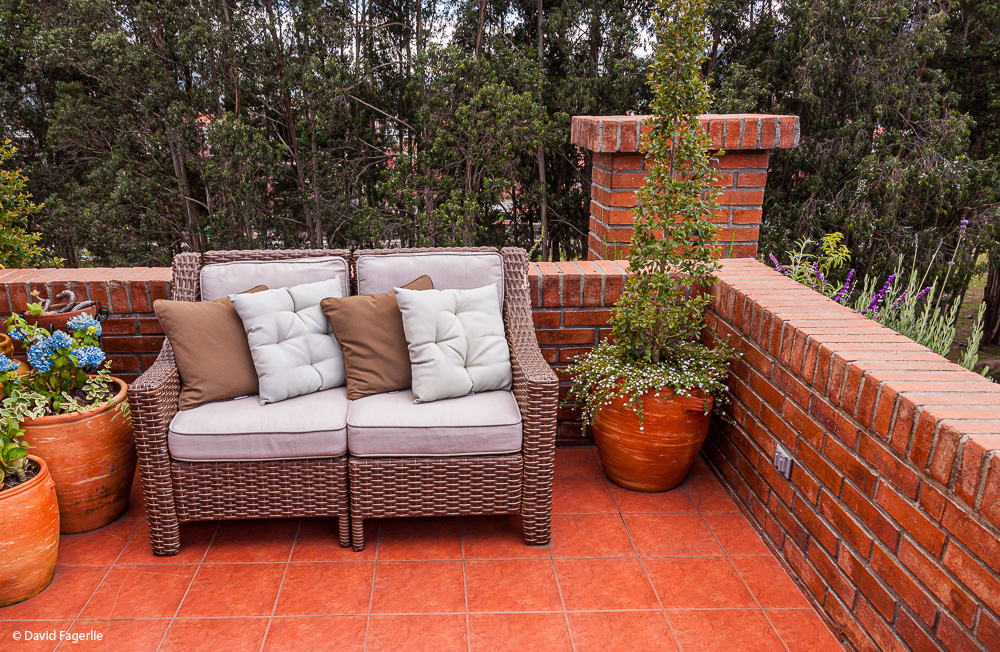

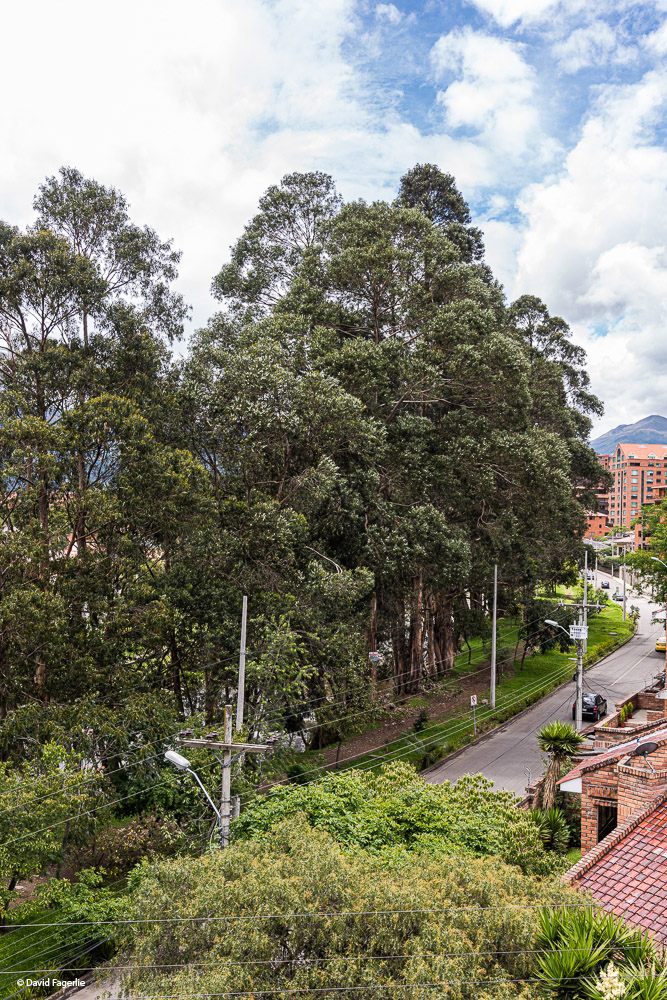
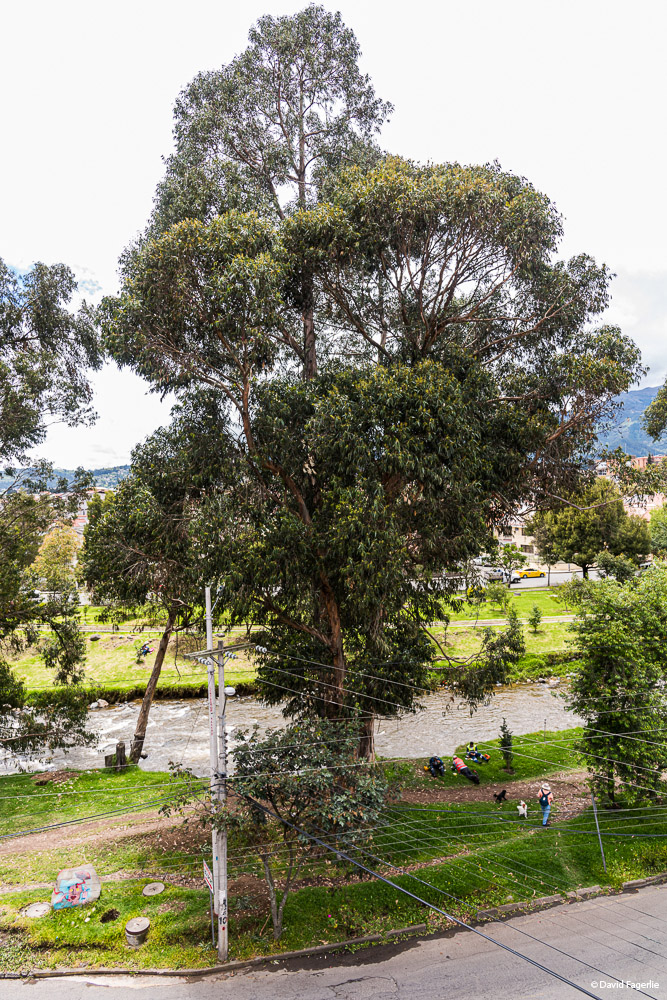
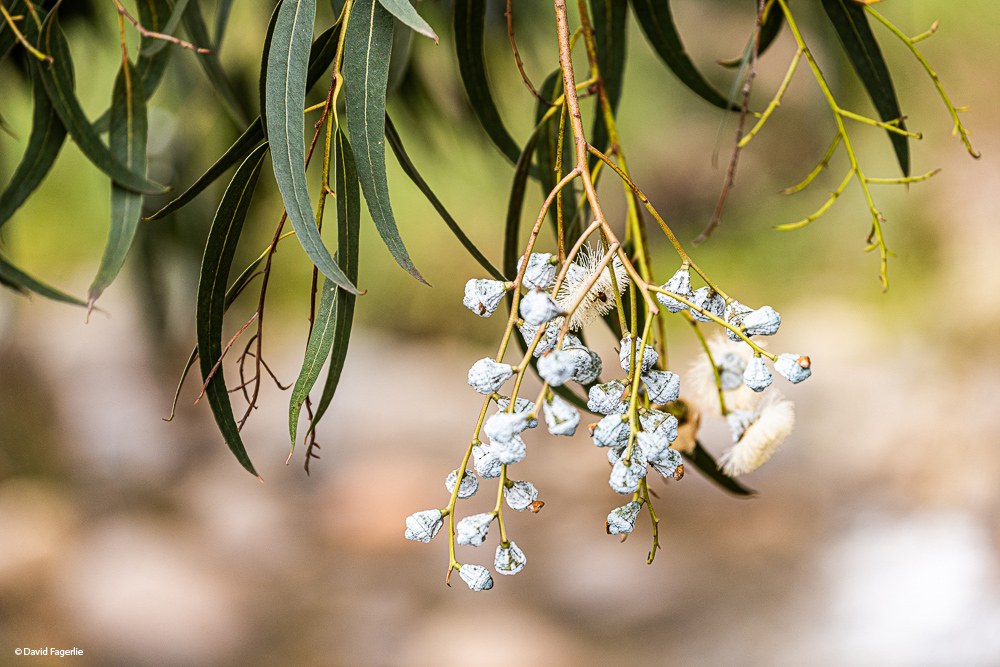
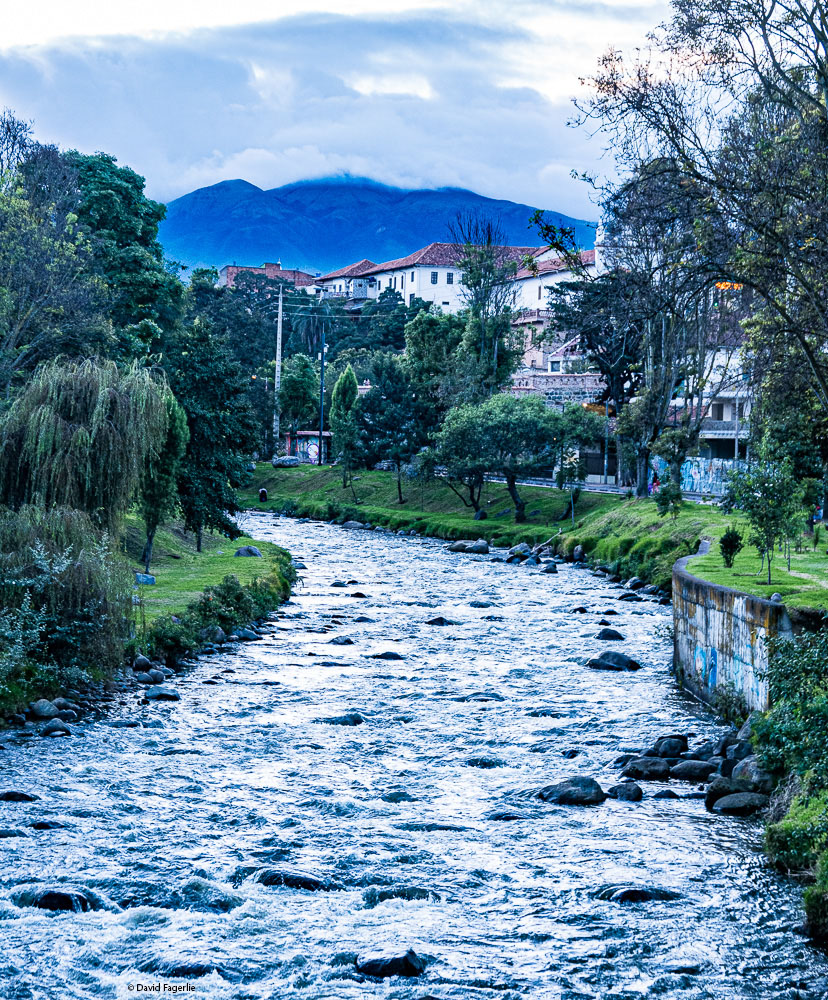
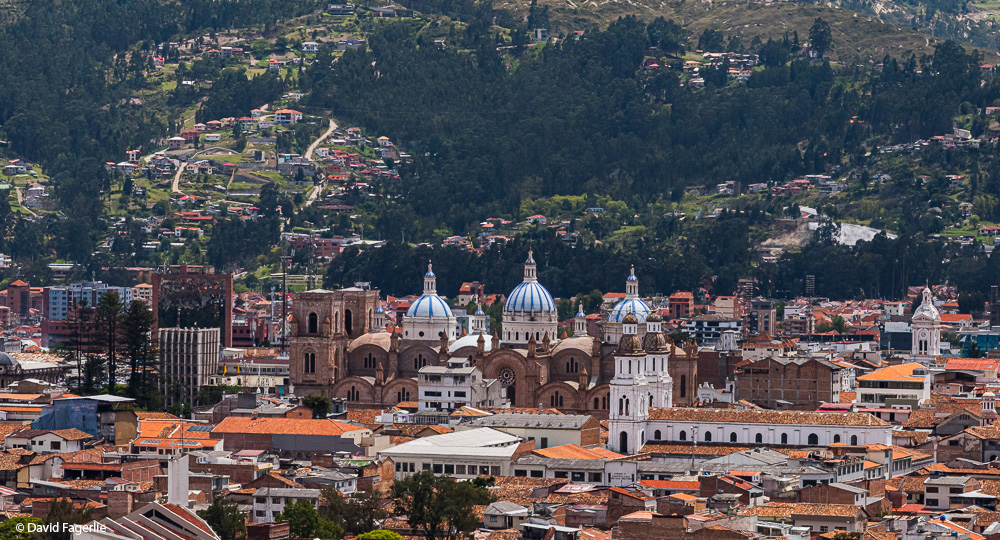
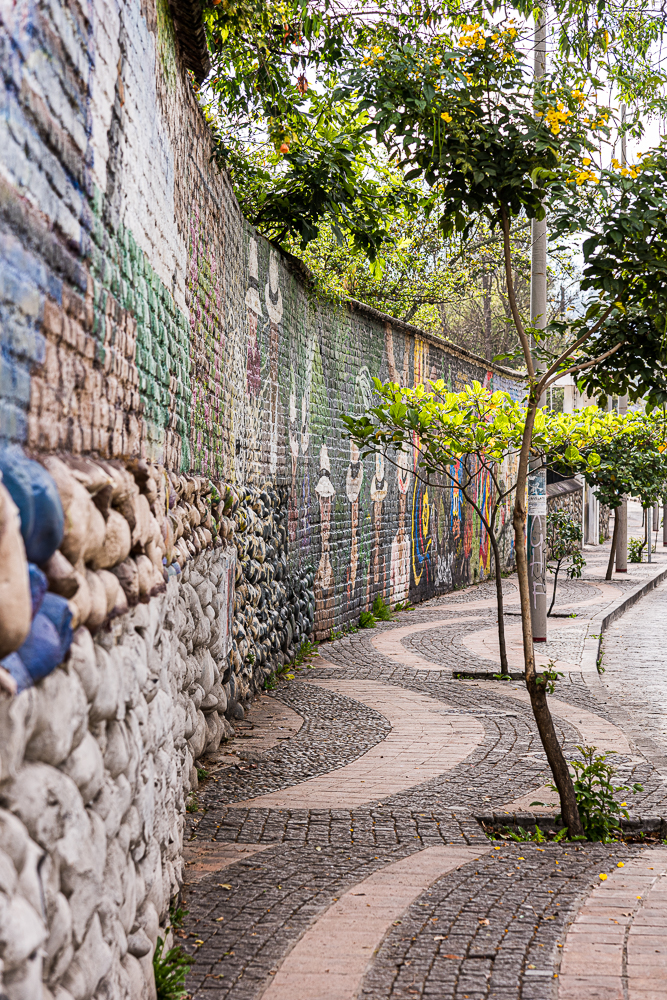
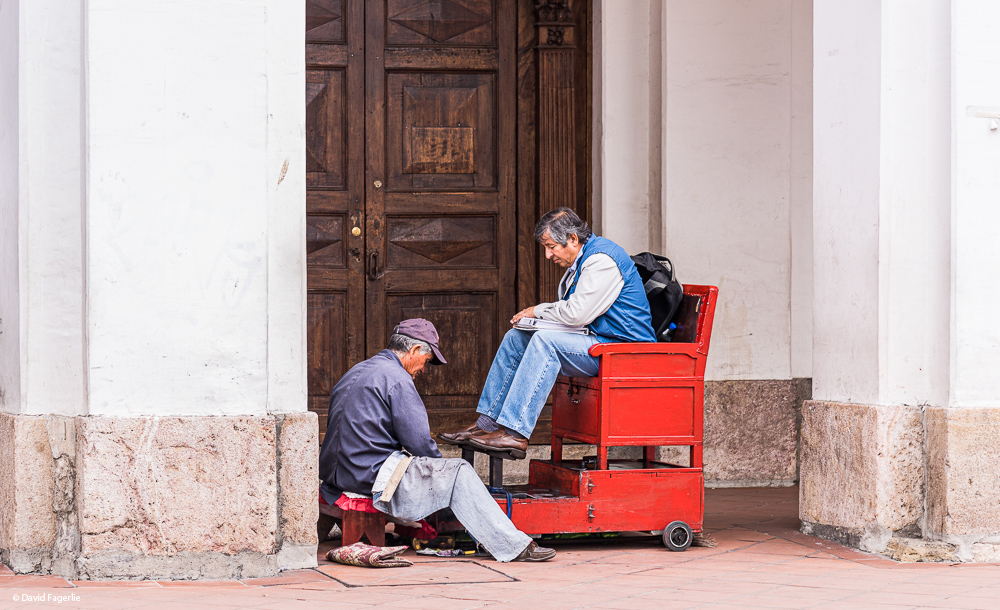
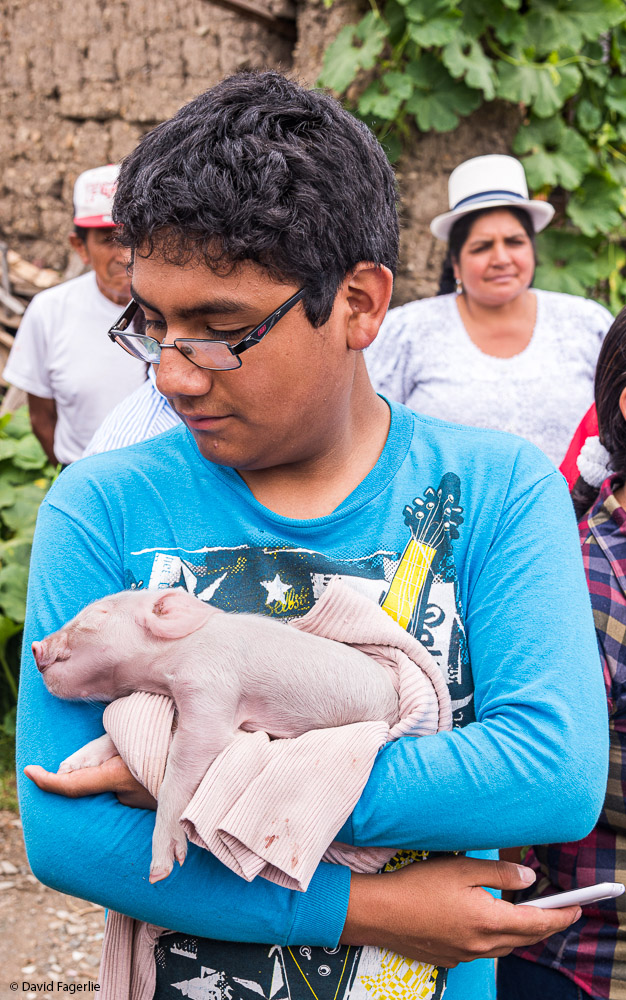
Public displays of affection by youth are common and always appropriate. It is a feel-good experience being around it.
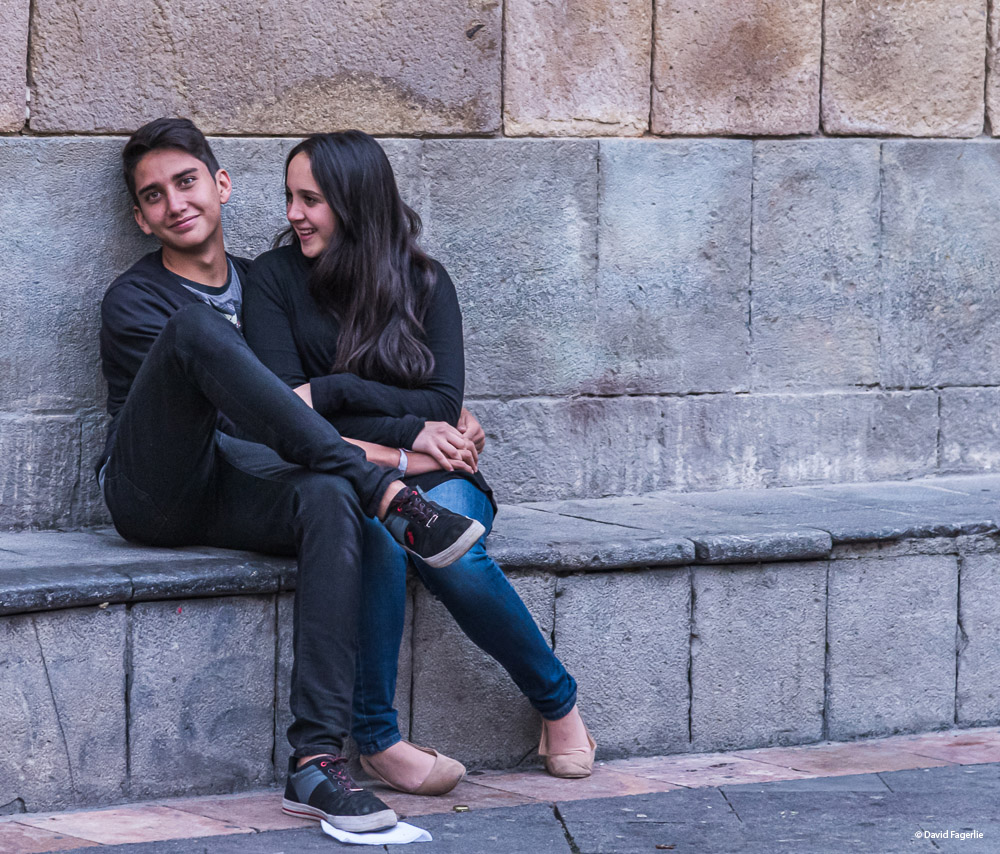
The old city is north of the Tomebamba River. Magnificent homes are on the river’s edge dating back to when a view across the river would have included a huge green space. When the city needed to expand “New Town,” on the south side of the river, was created. Today New Town has some of the city’s newest condominiums and homes. A short distance after crossing the bridge nearest the center of town is Parque de la Madre. It is large, with a running track and a lot of room to spread out. A large statue of Jefferson Leonardo Pérez Quezada is in the corner of the park. He won the gold medal at the 1996 Olympic Games for race-walking. He was Ecuador’s only Olympic Gold Medal champion until this year in Tokyo when Ecuadorian Richard Carapaz won the Gold Medal in the Men’s Road Race.
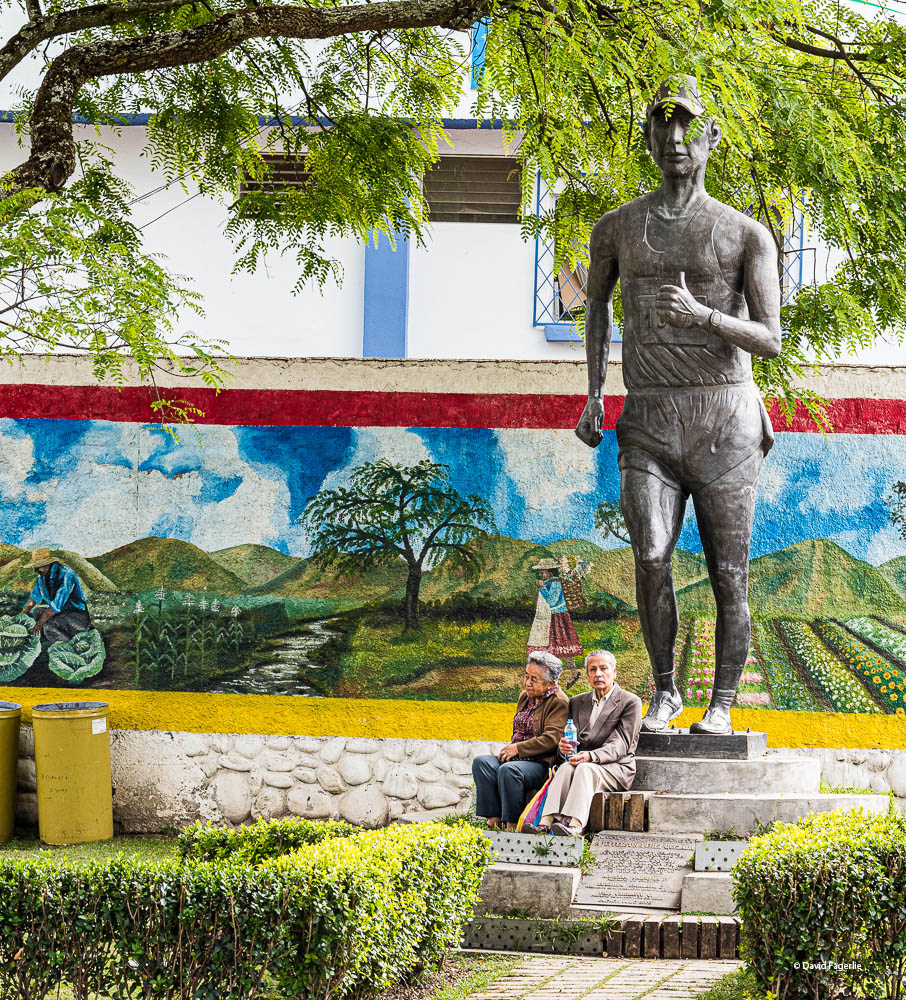
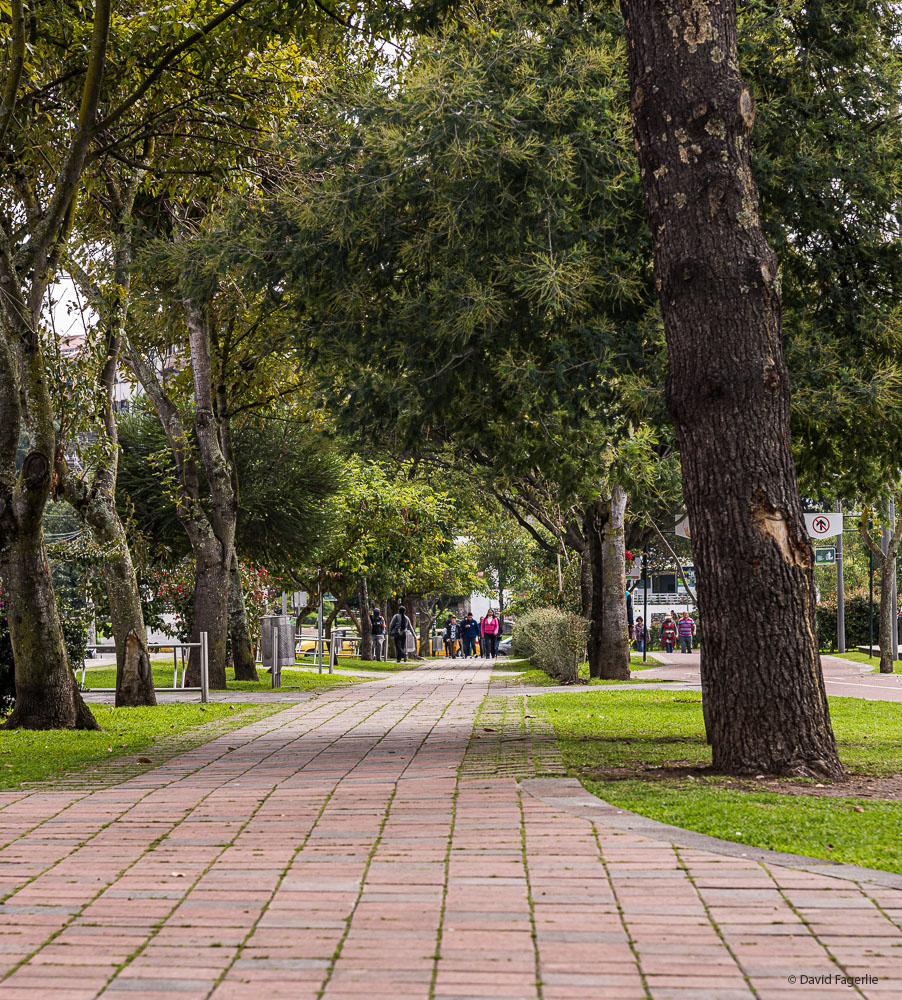
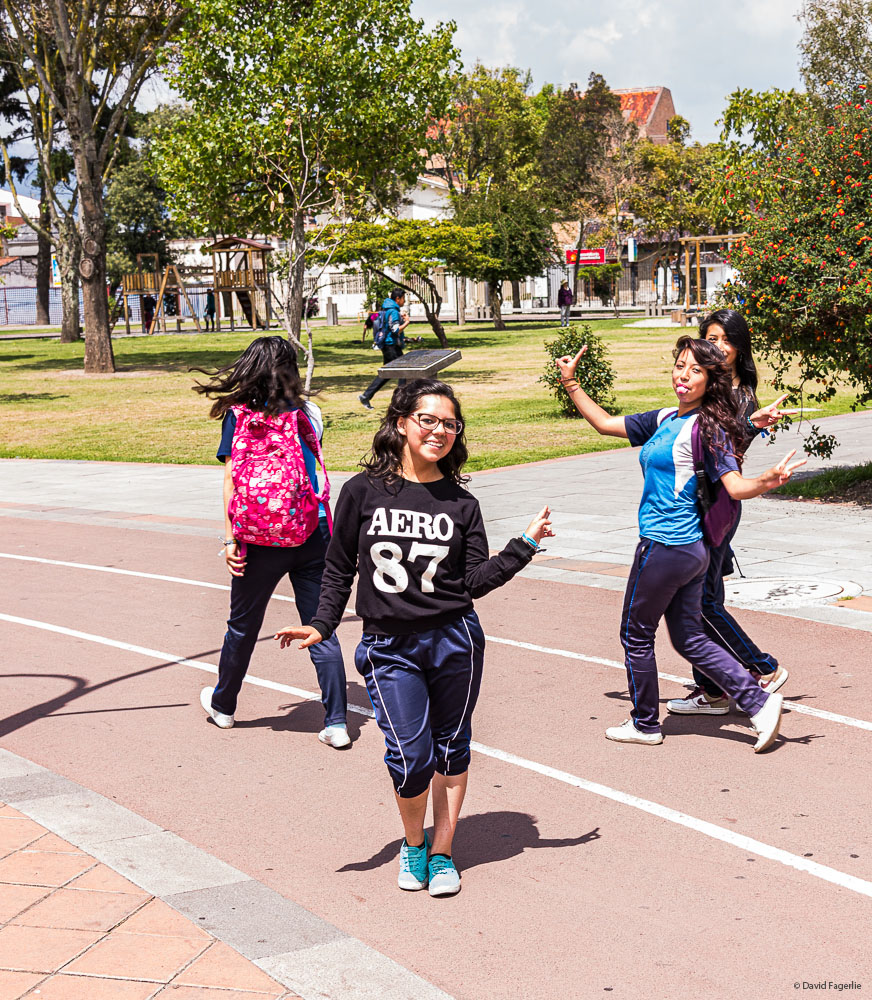
One of the interesting design features in this park is sculptures made from dying trees, giving them a second life.
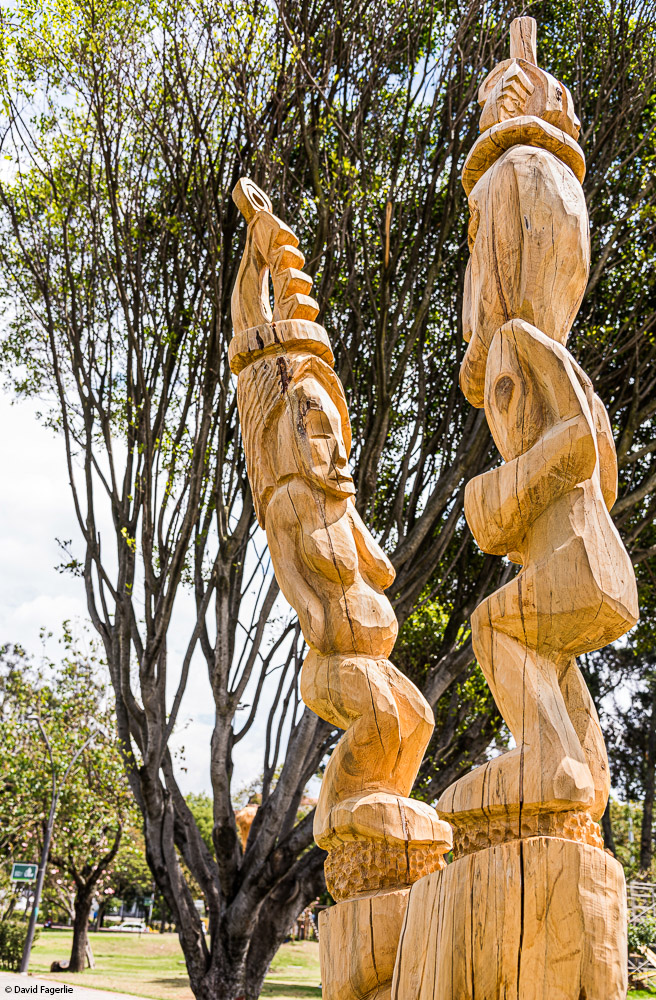
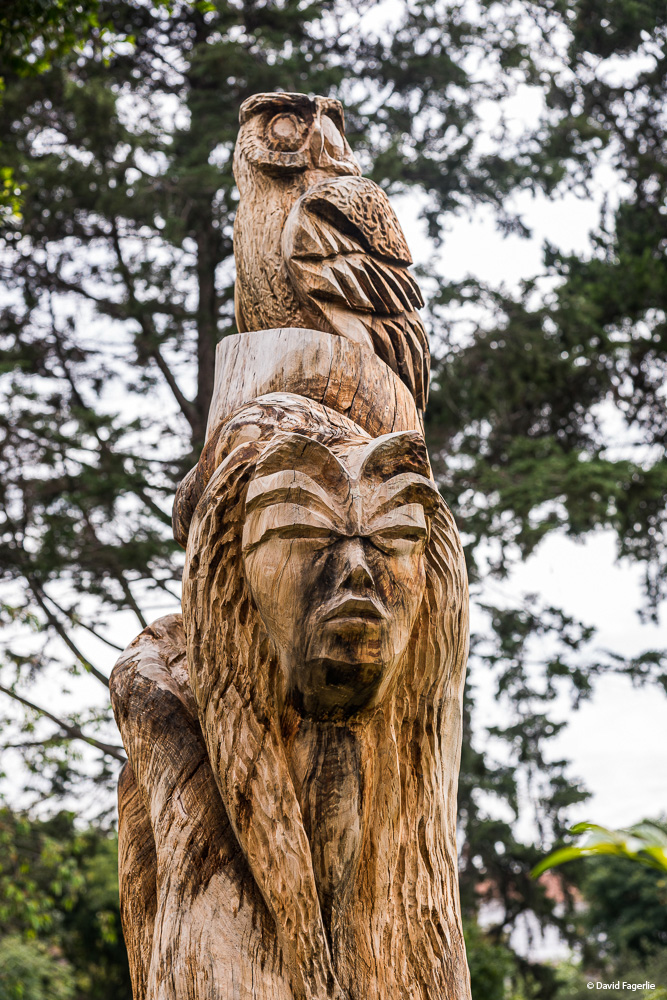
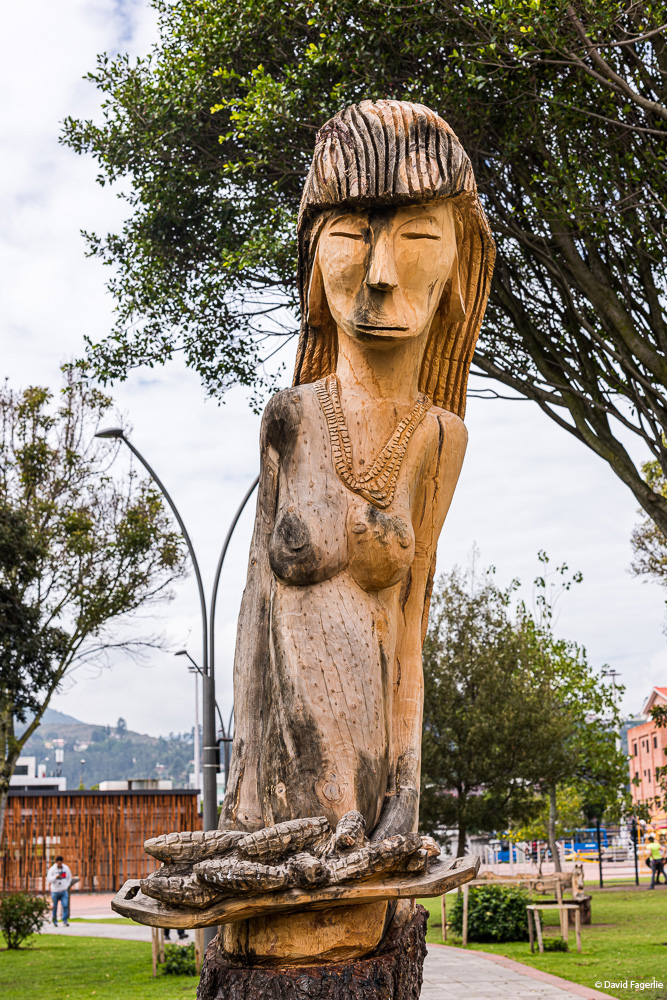
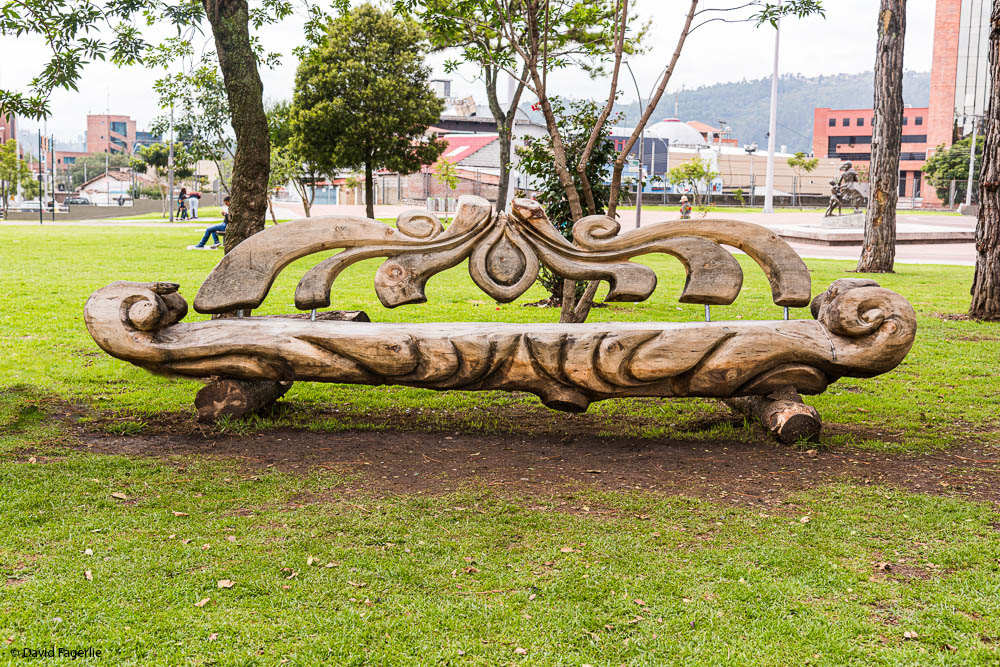
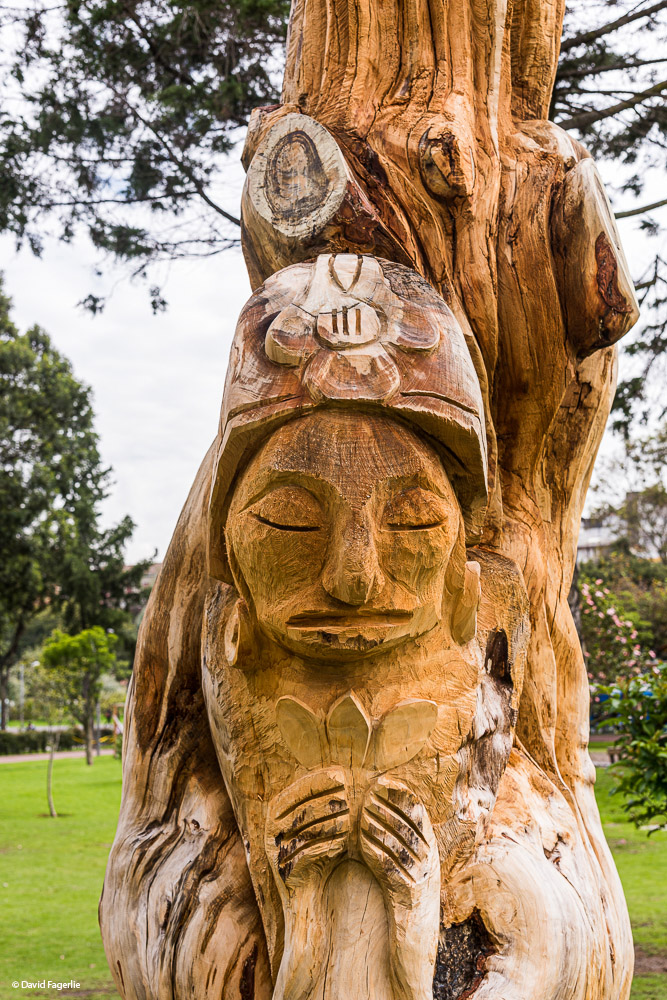
Also at this park is my favorite sculpture in Cuenca, the likeness of a chola woman. A chola is a strong woman, that leads the way, and may also be a strong mother.
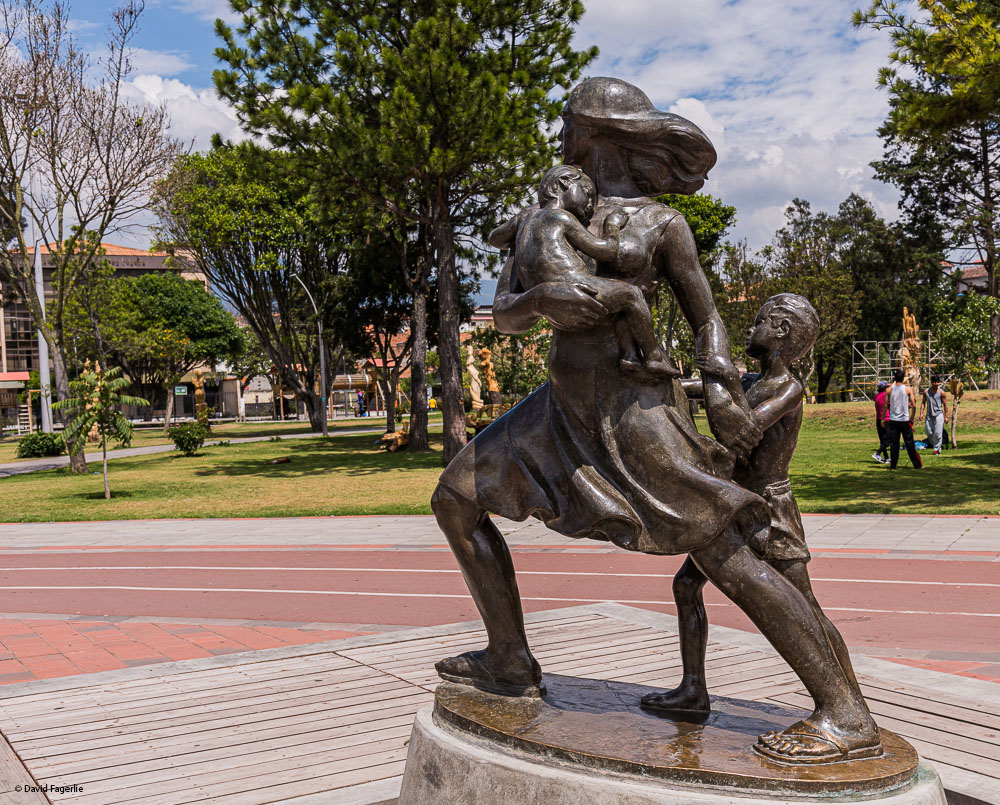

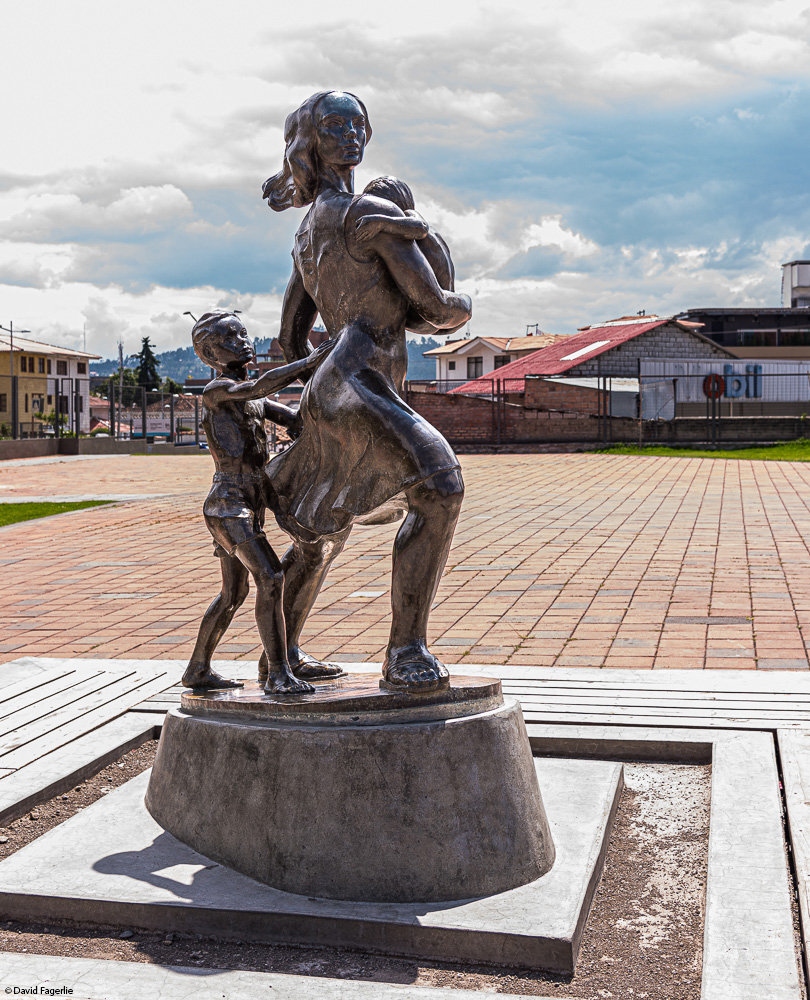
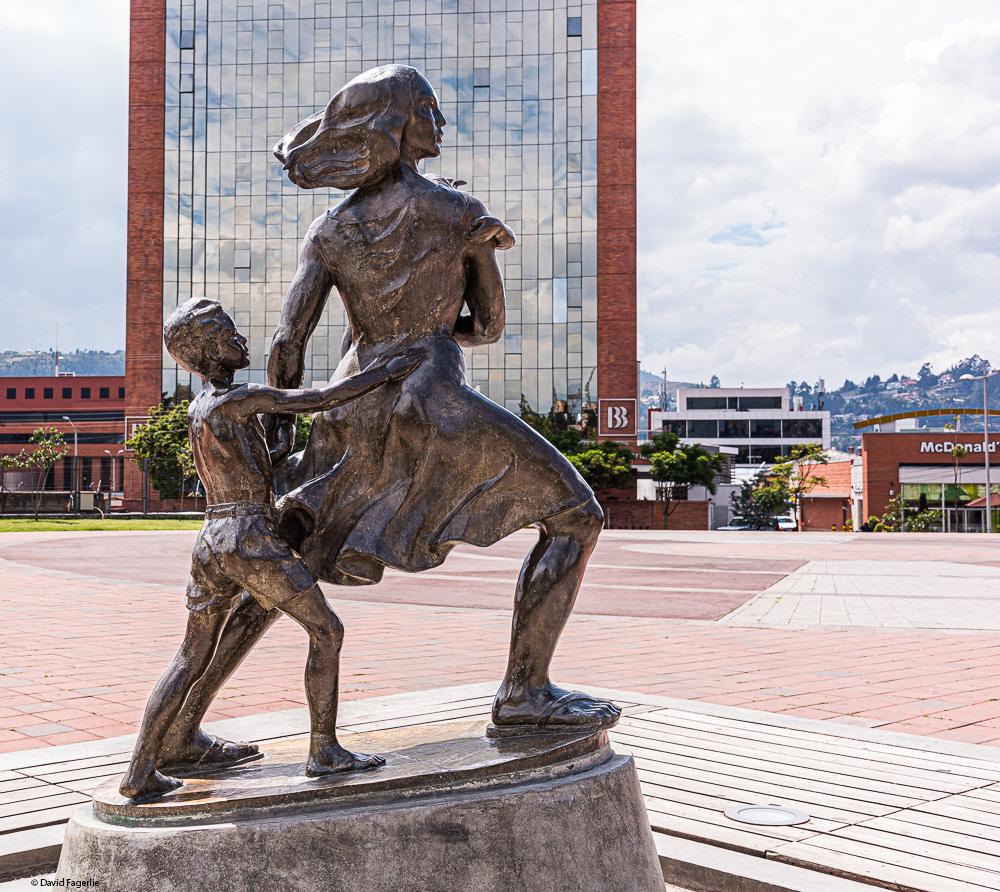
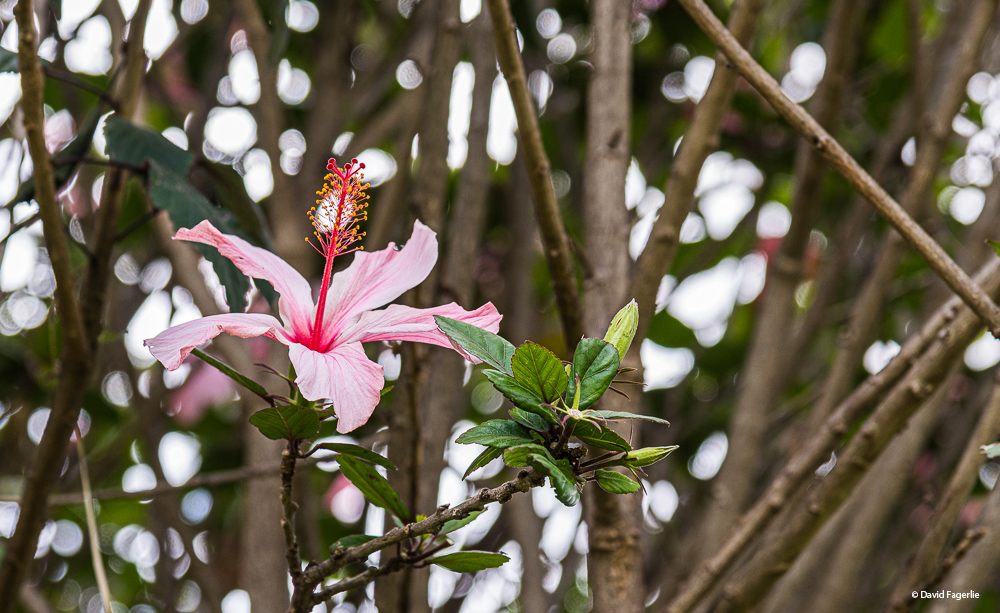
A slide how of higher resolution images for this chapter may be viewed by clicking HERE. Note: The folder size of images in this chapter is very large. It may take up to 30 seconds or so to load and operate properly.
Next week our focus will be on a selection of historic buildings. Stay safe. See you then.
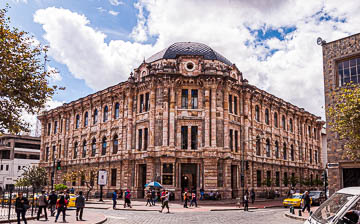
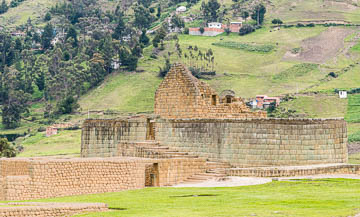
July 30, 2021
Chapter 4: Historic Buildings
In my last post I noted that Ecuador had won a Gold Medal at the Tokyo Olympic Games, breaking a long dry spell.